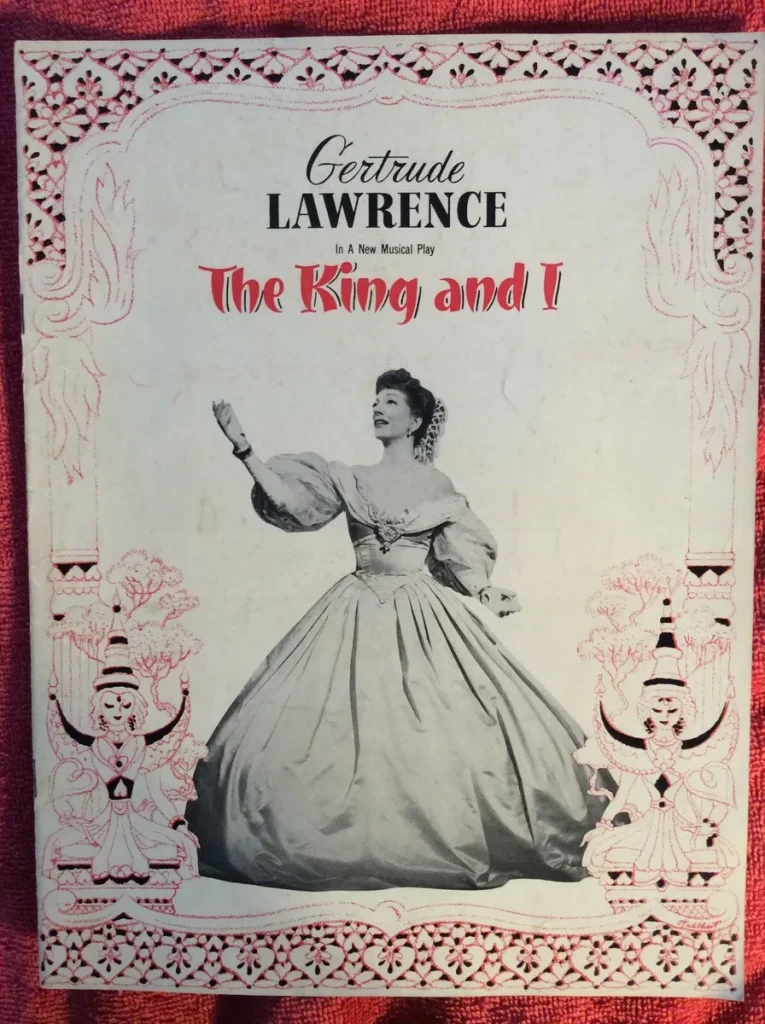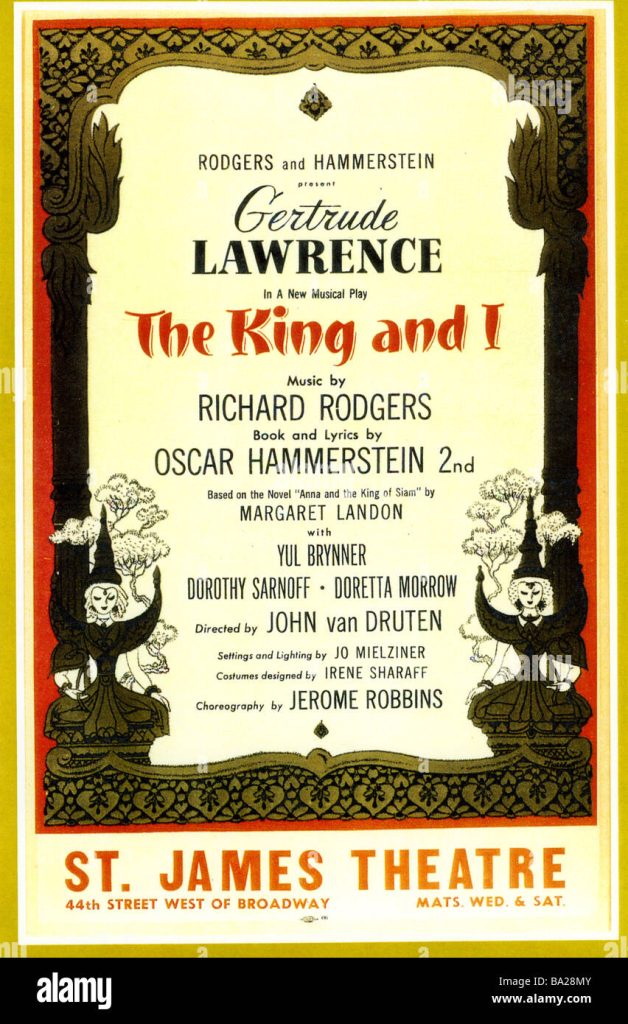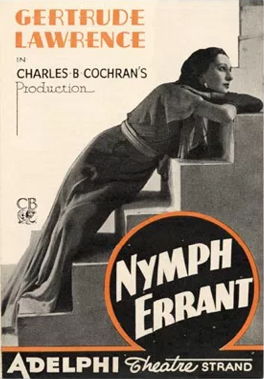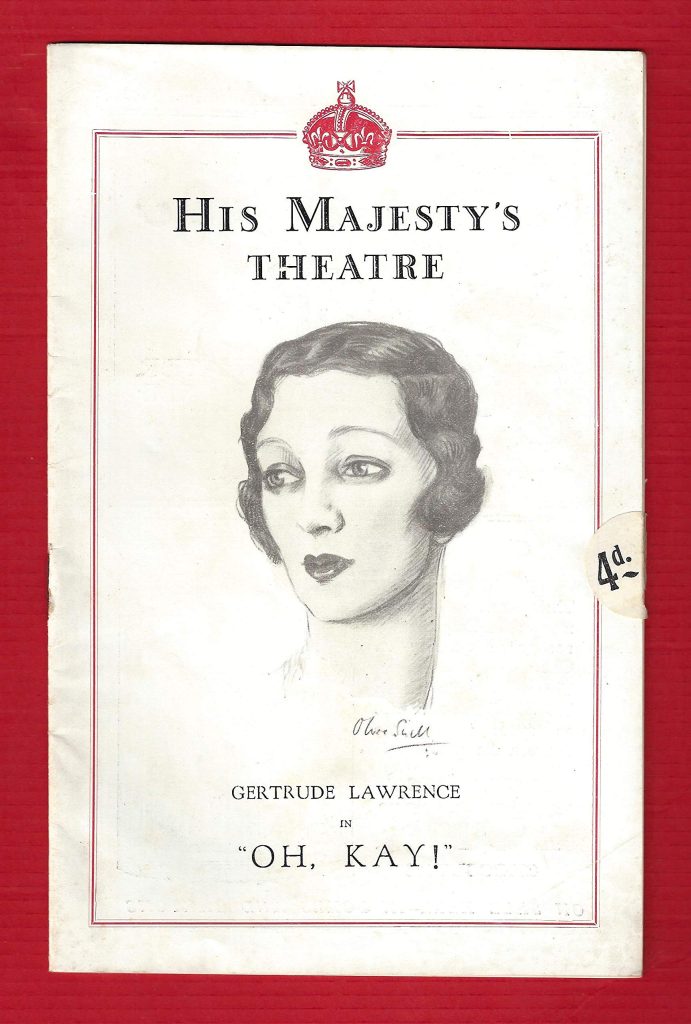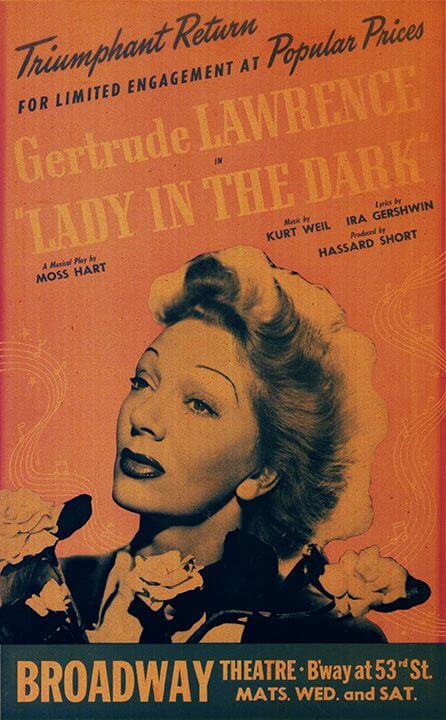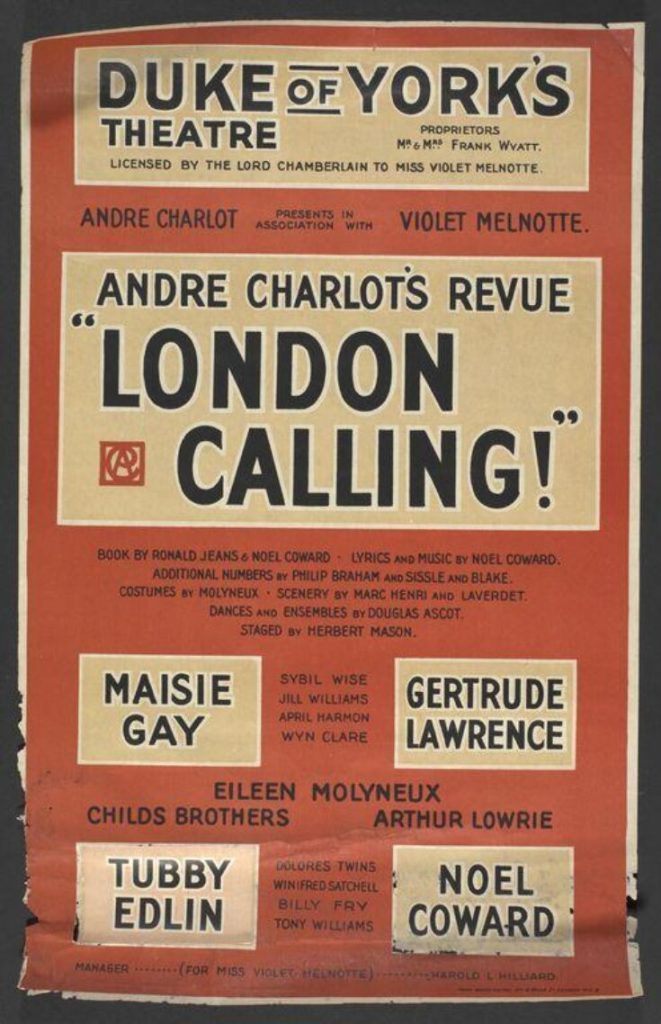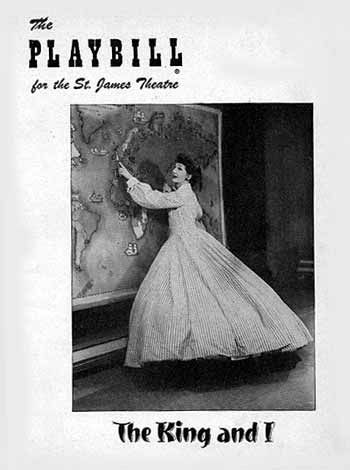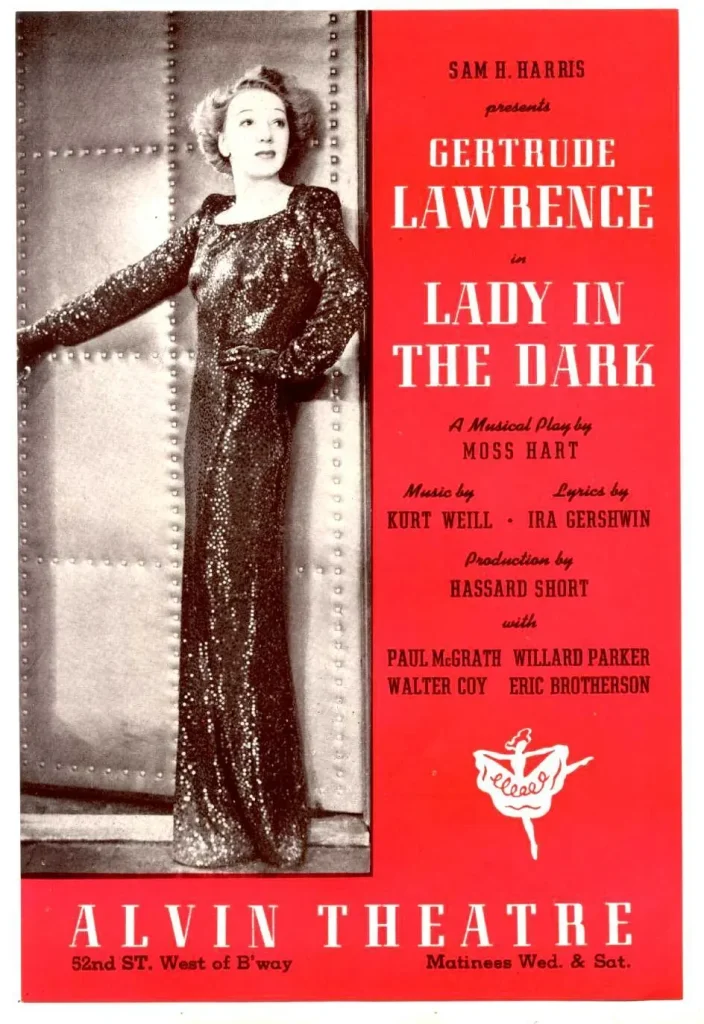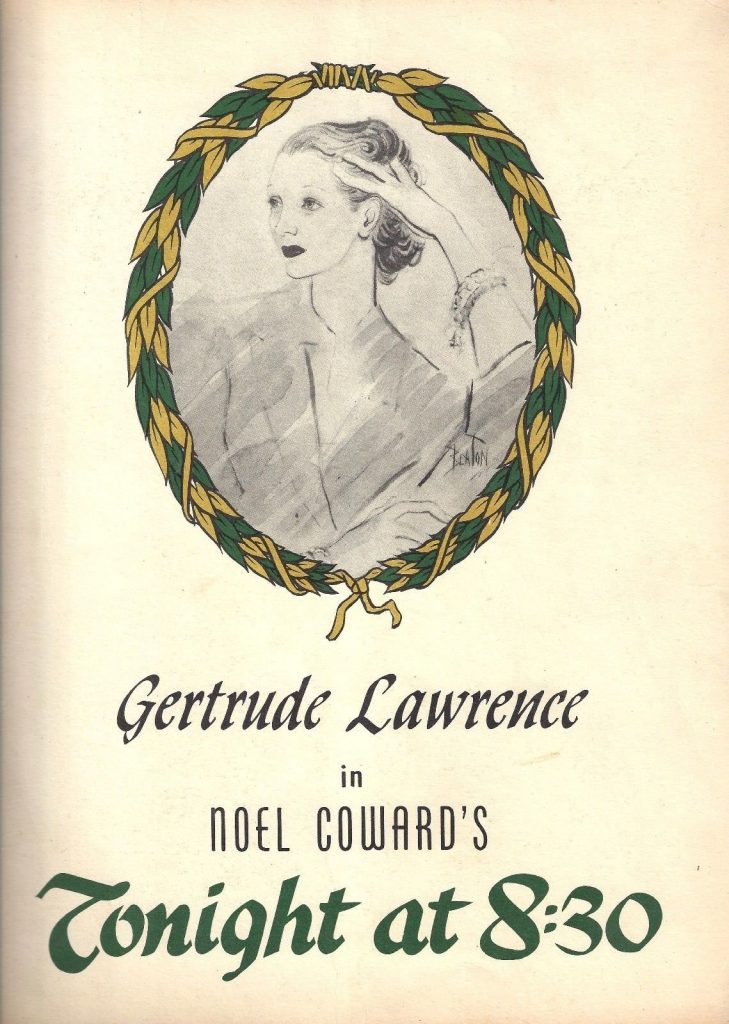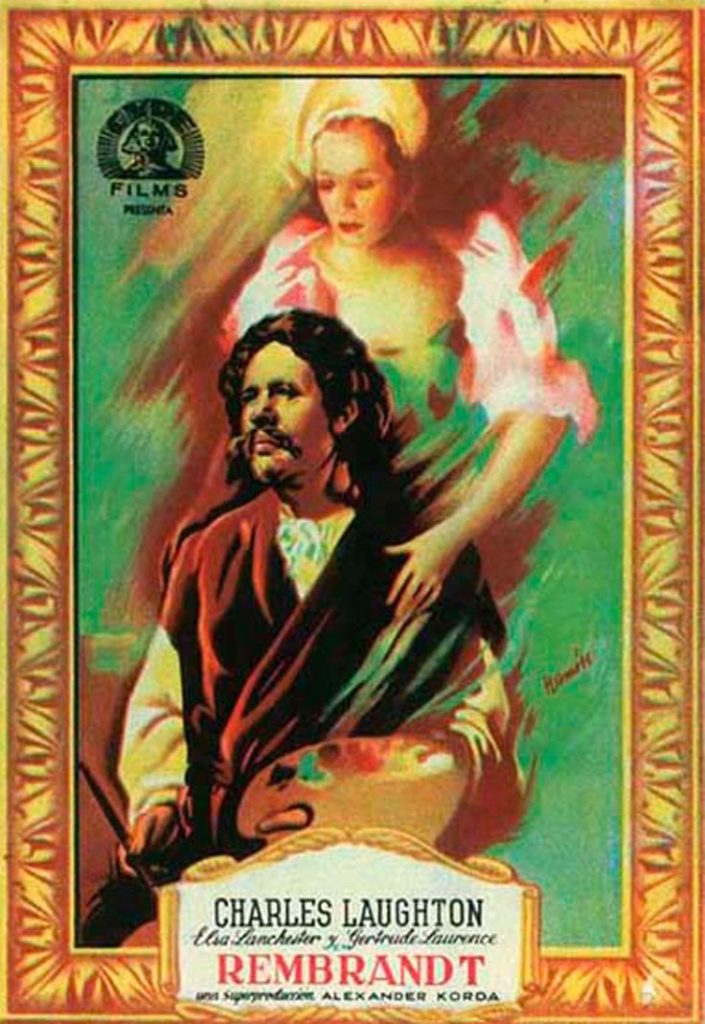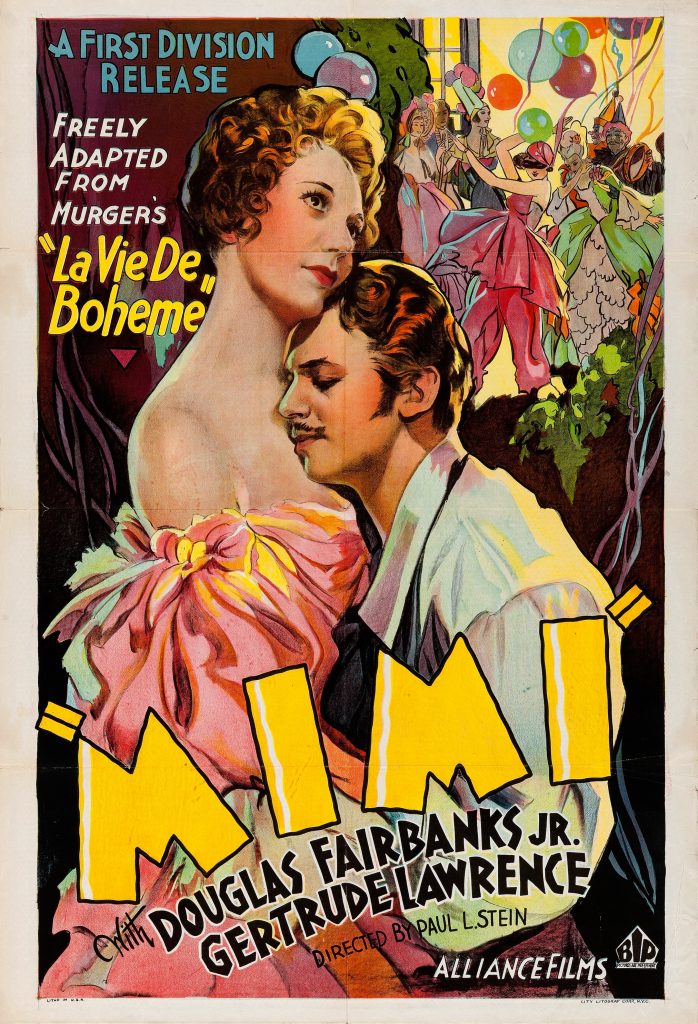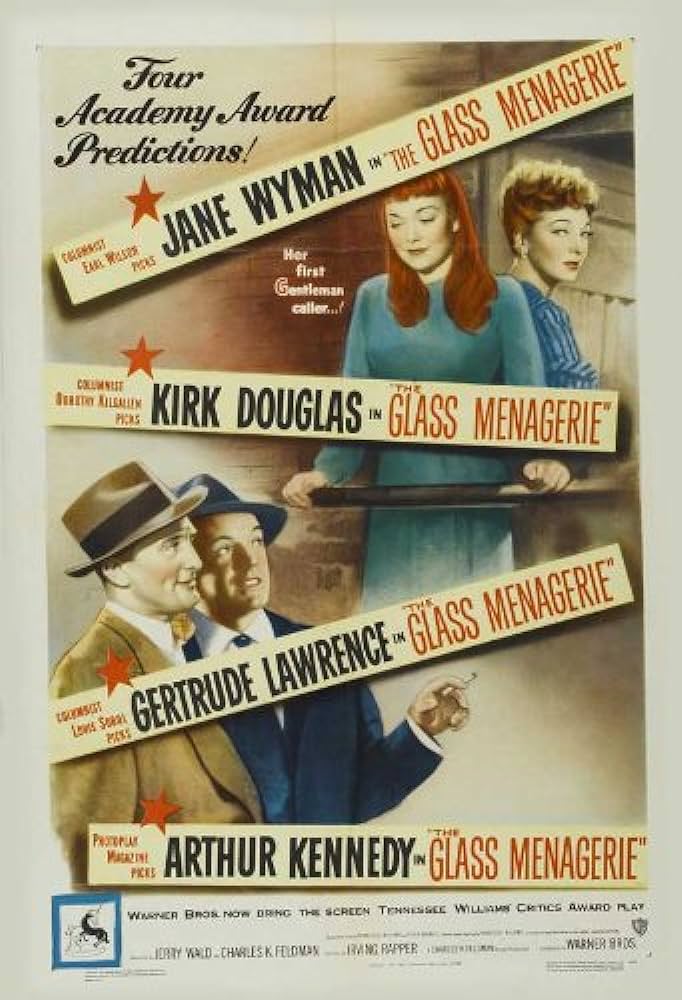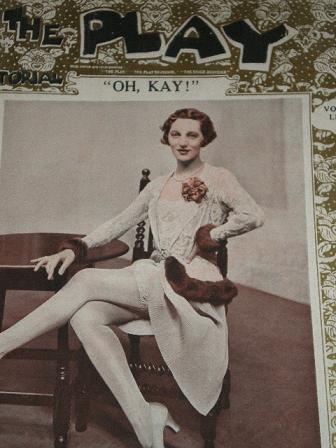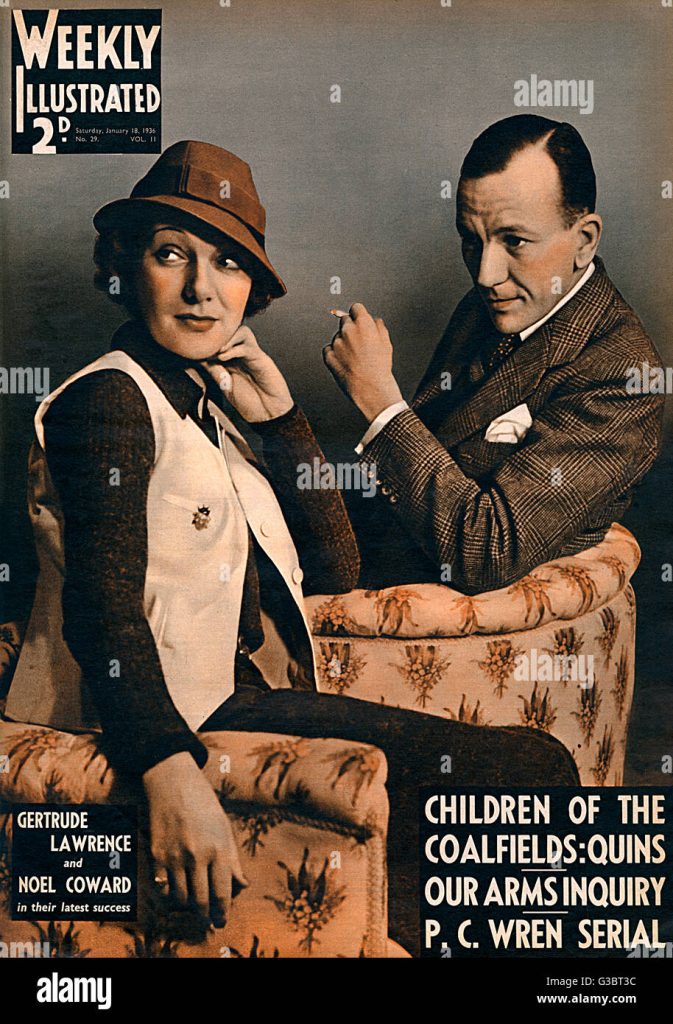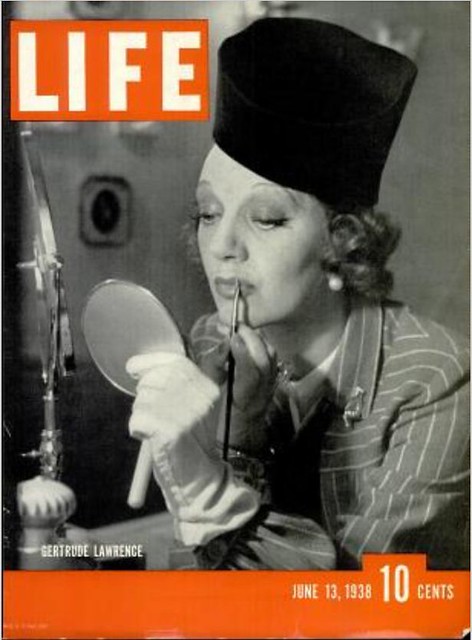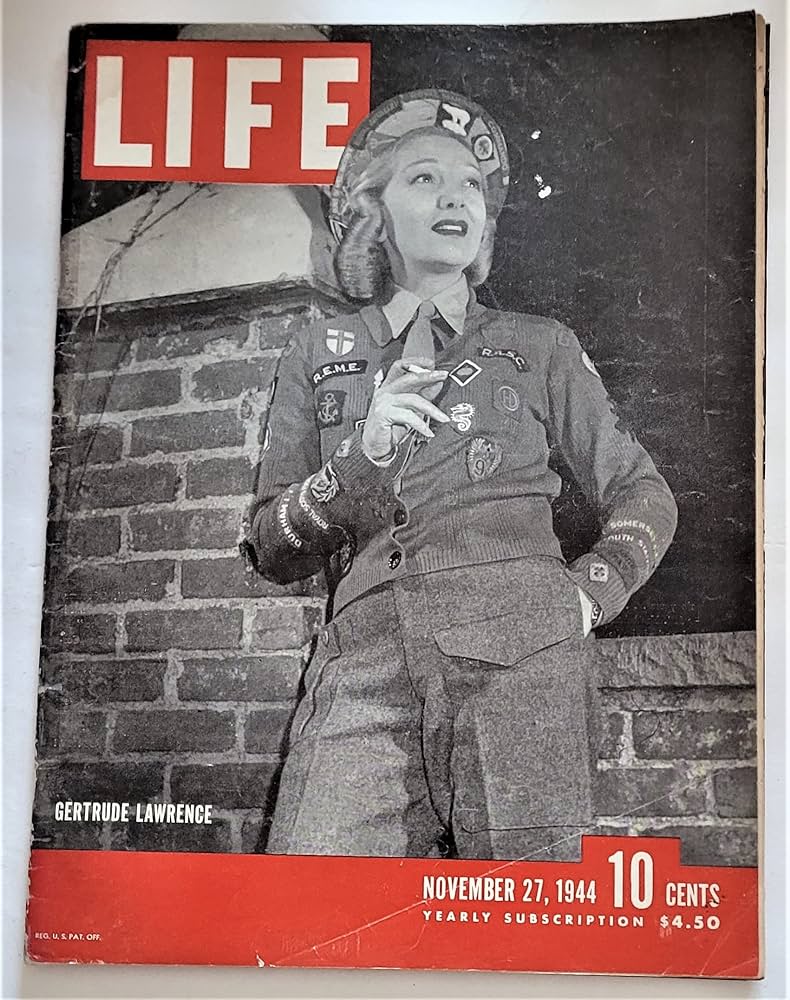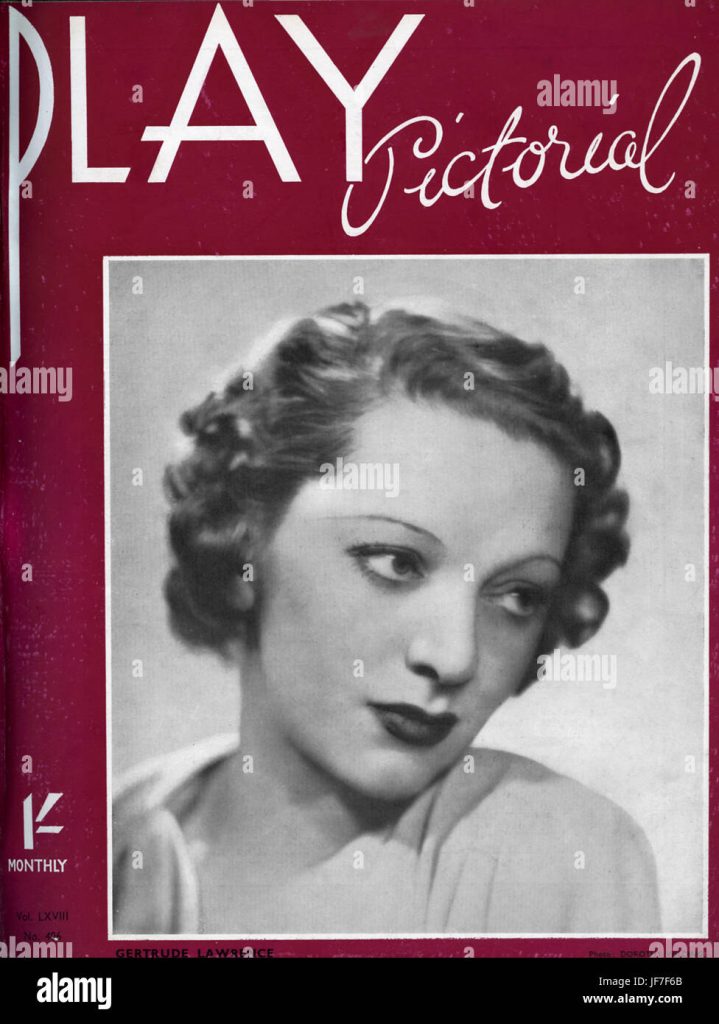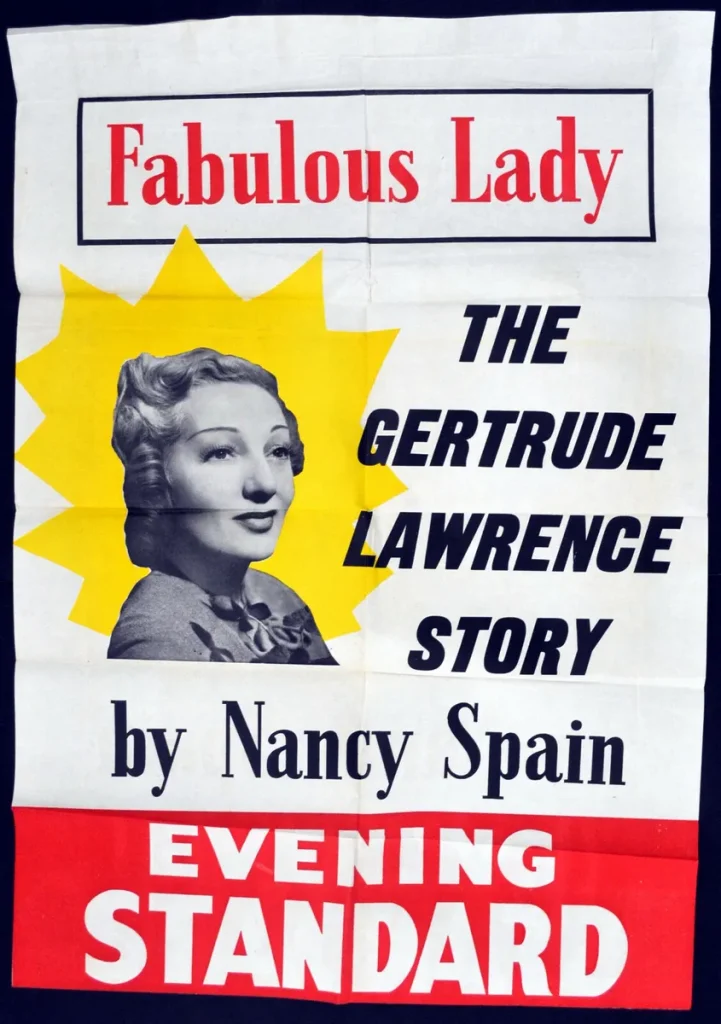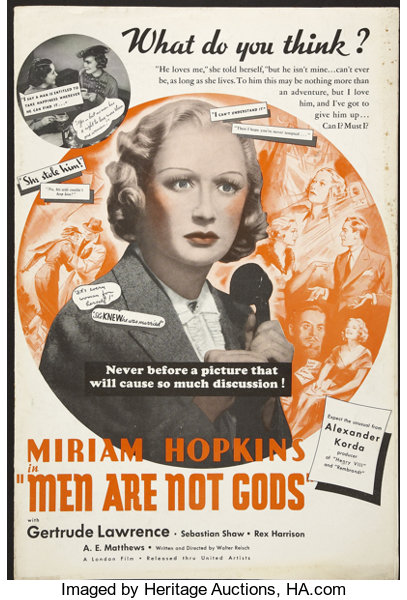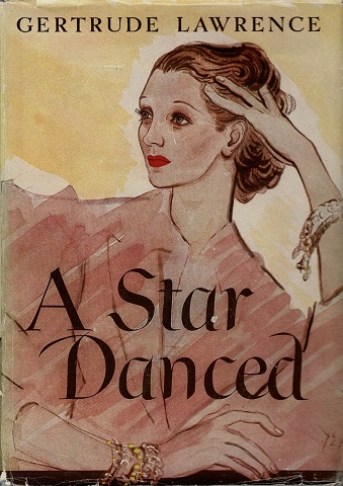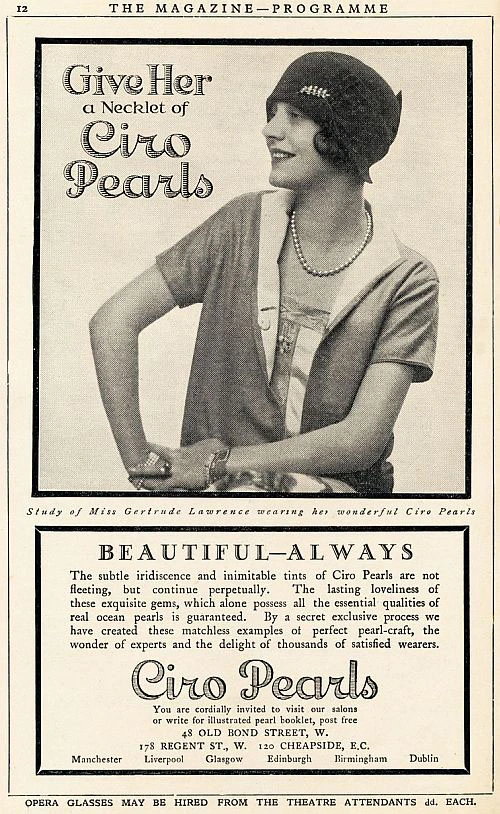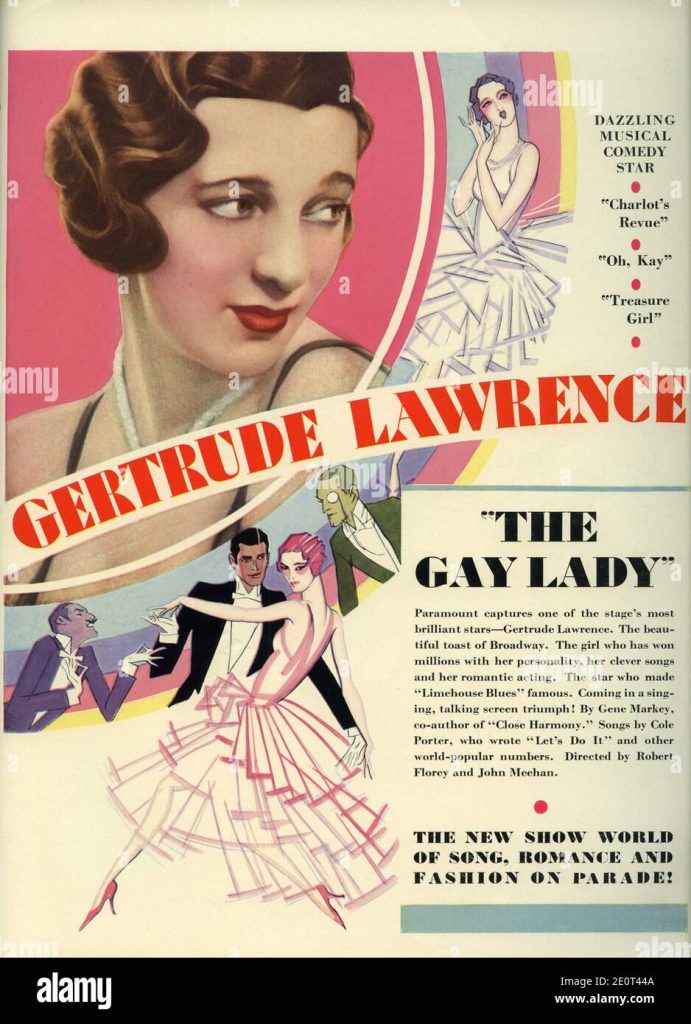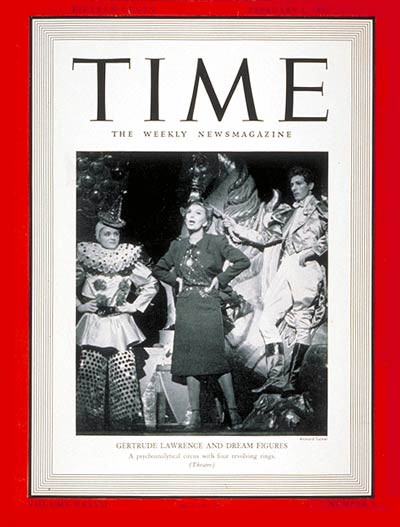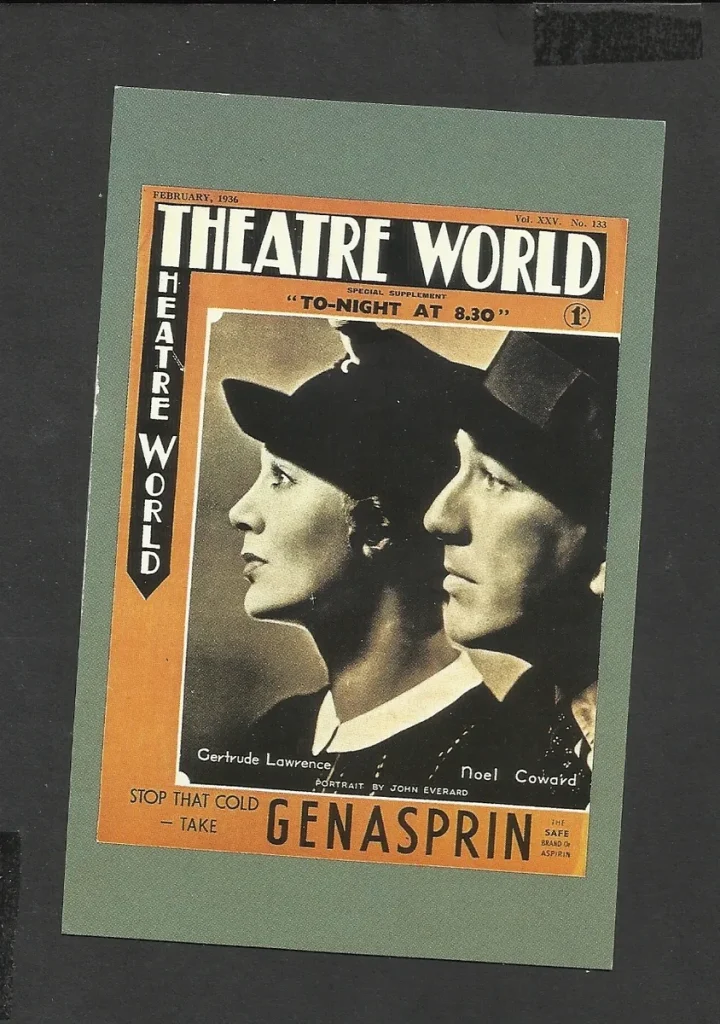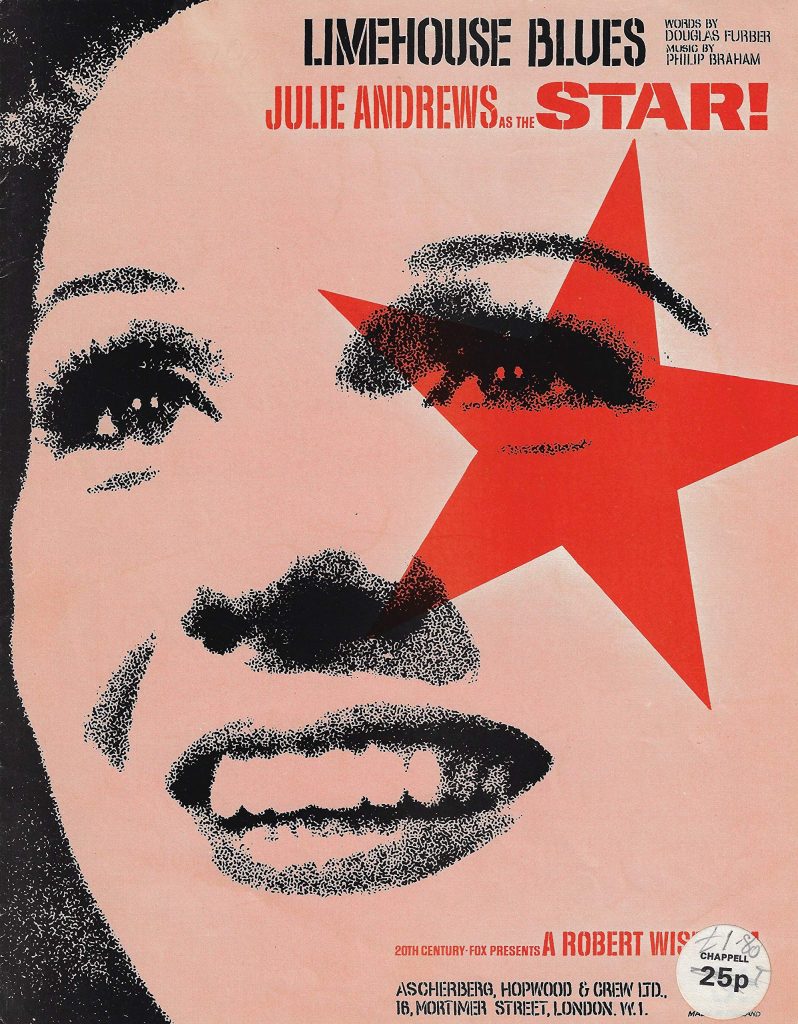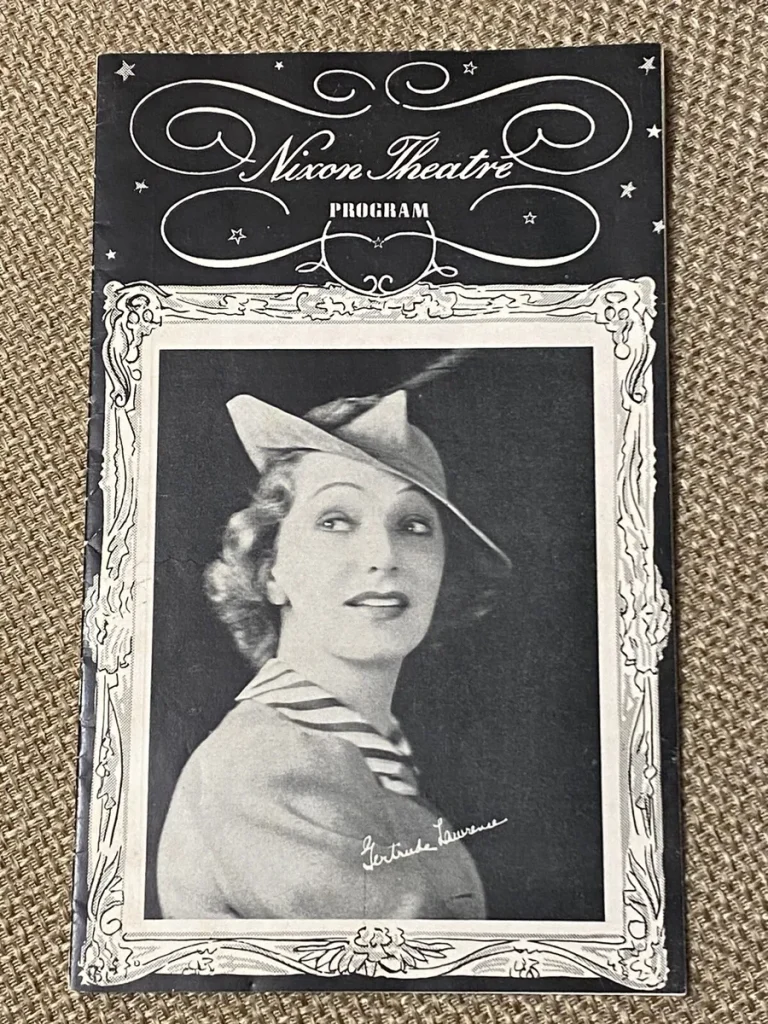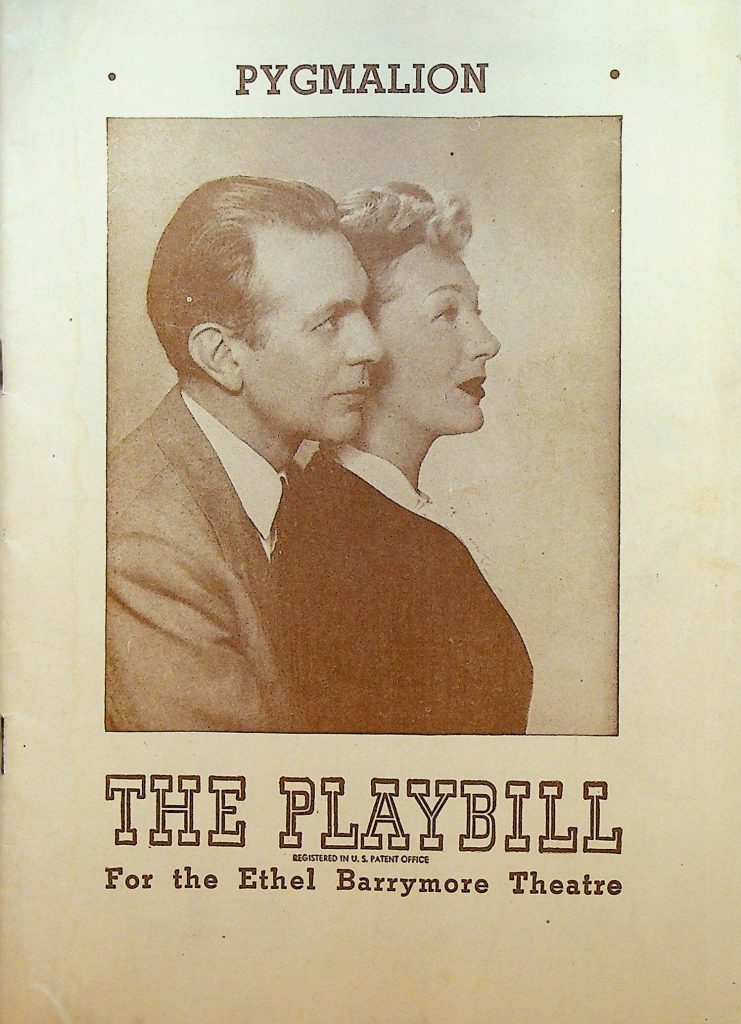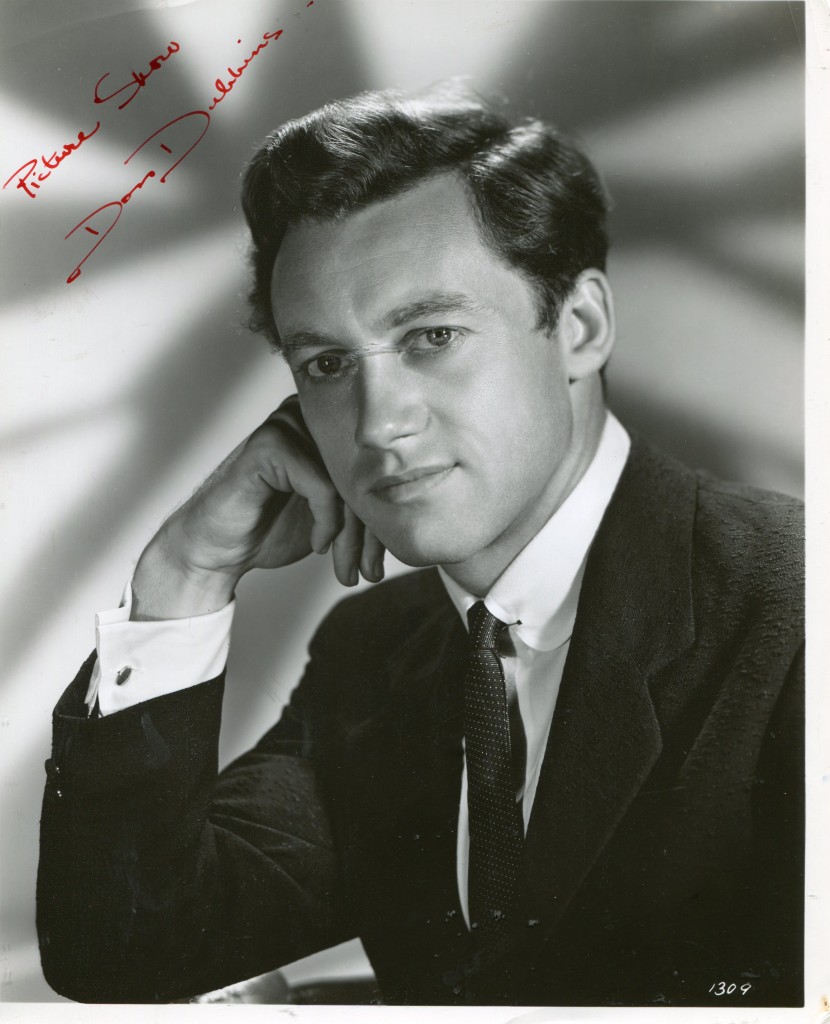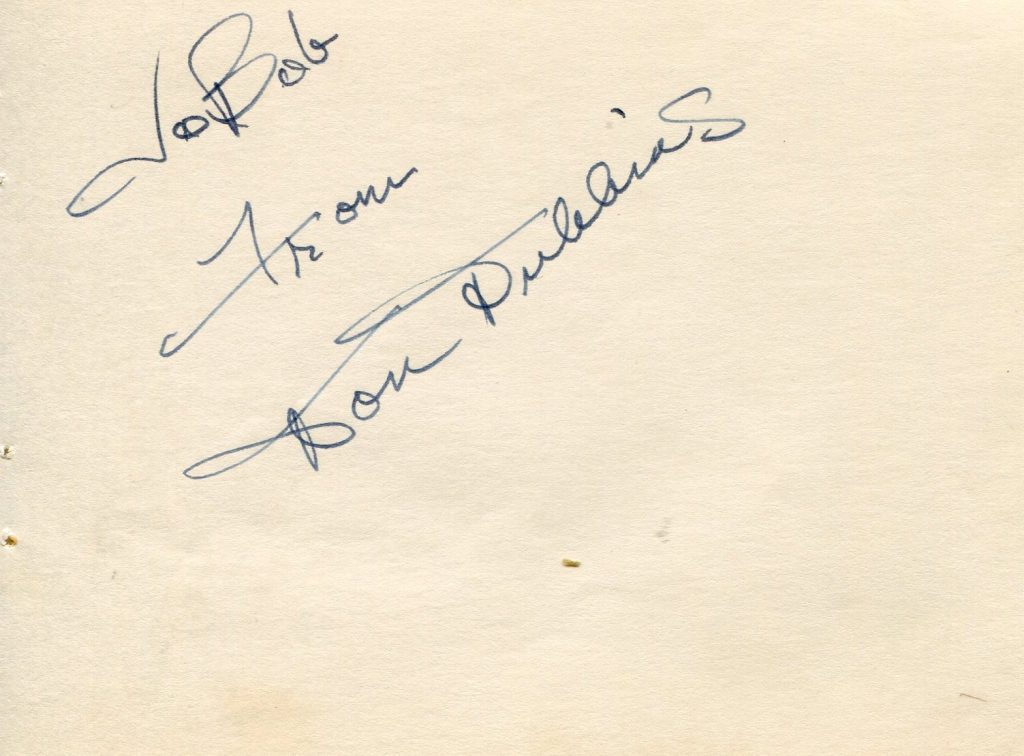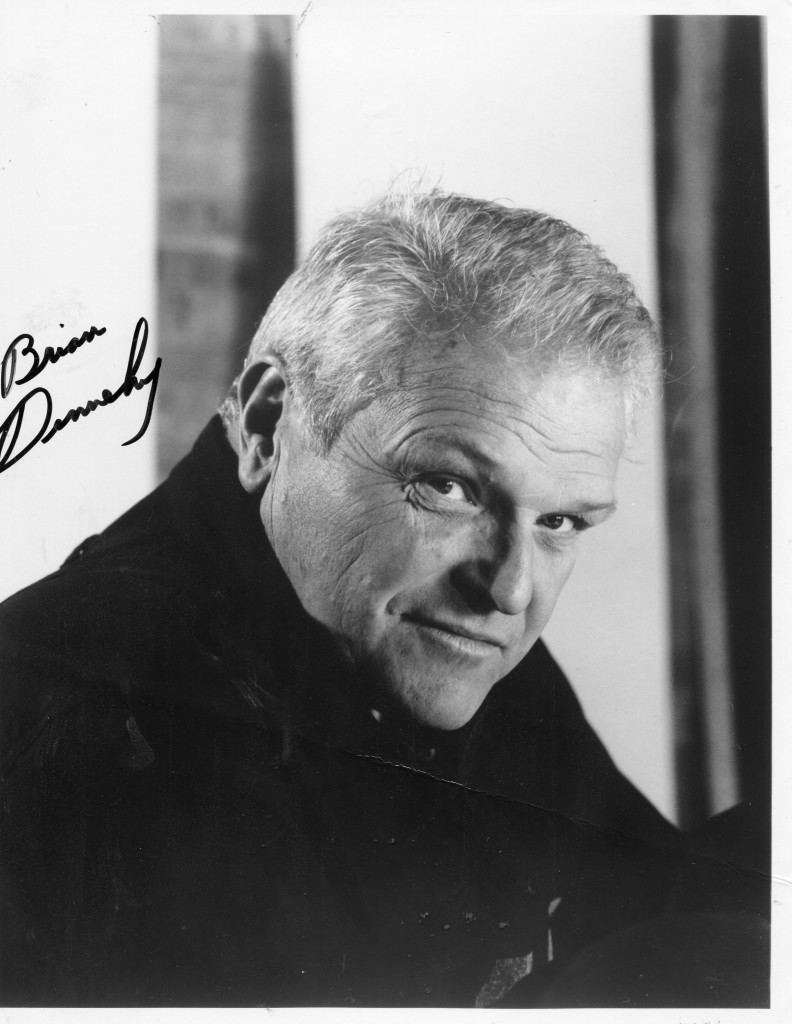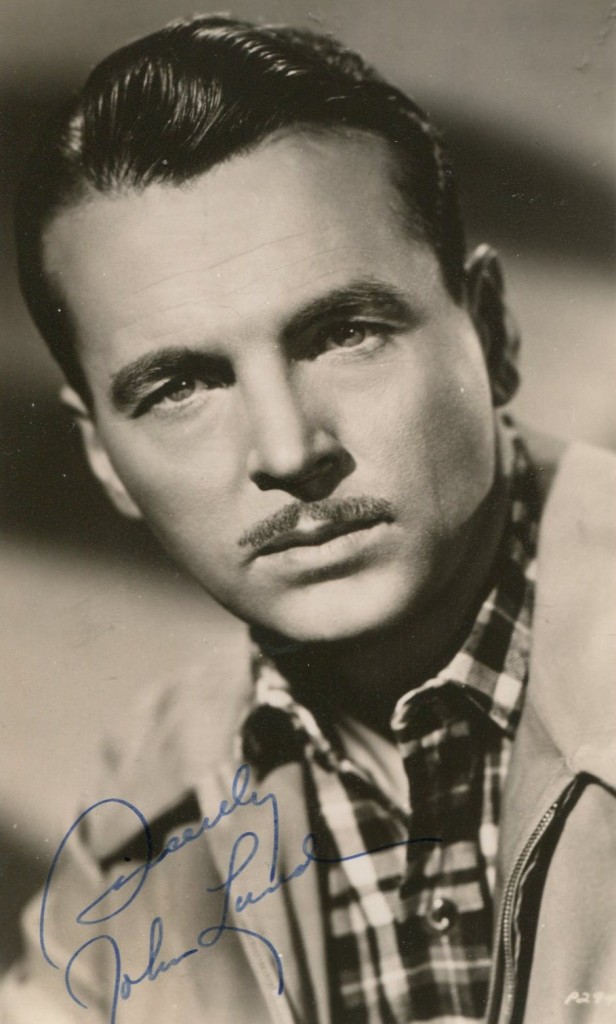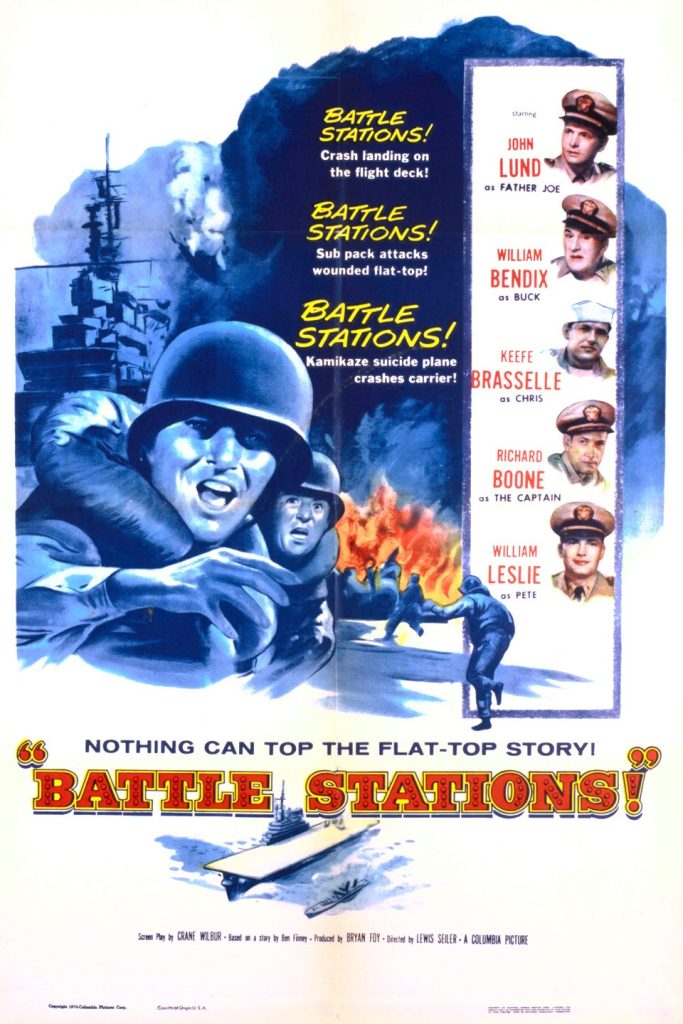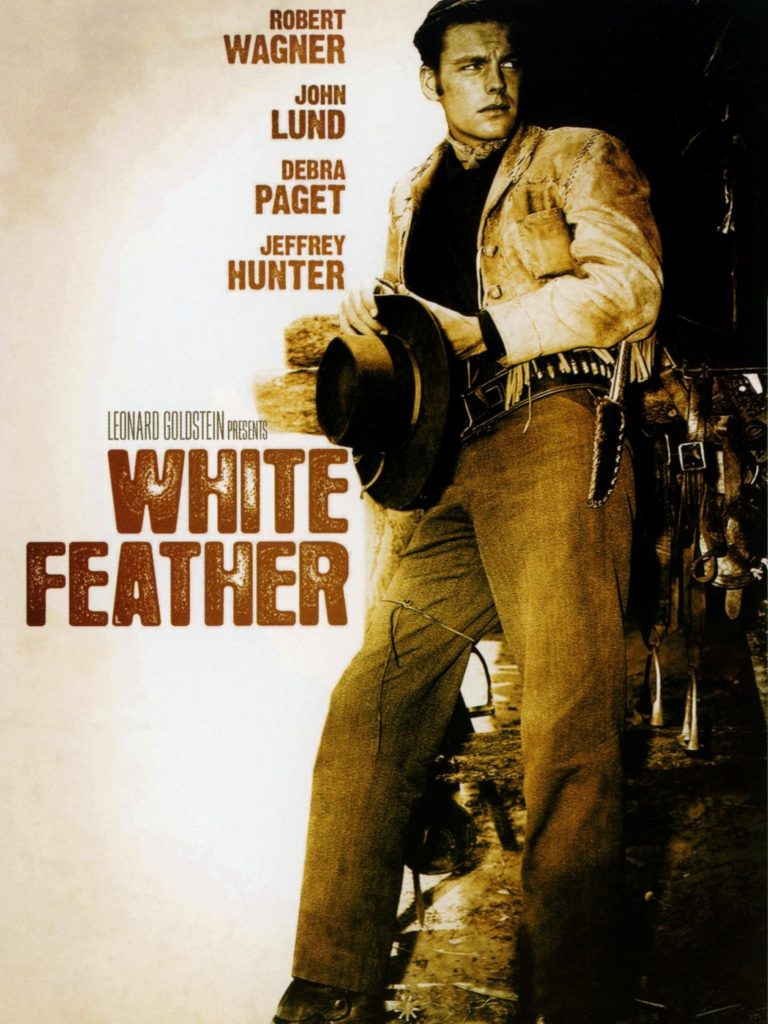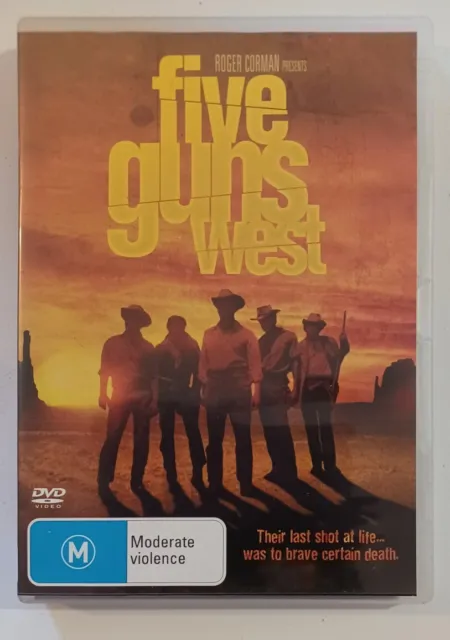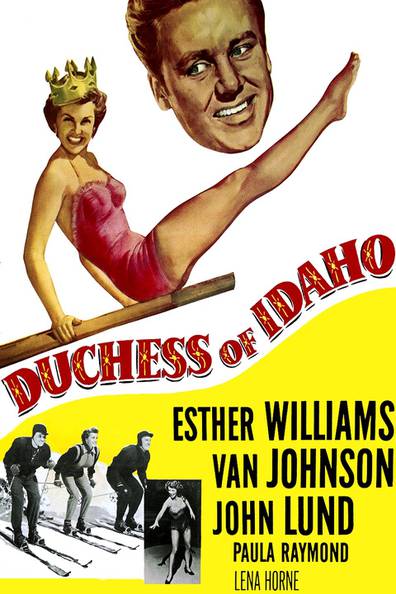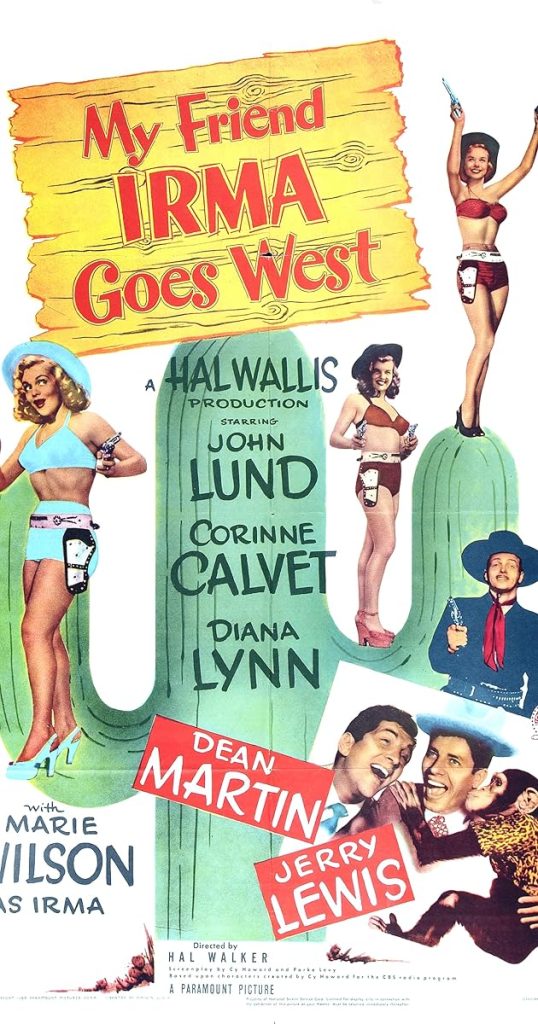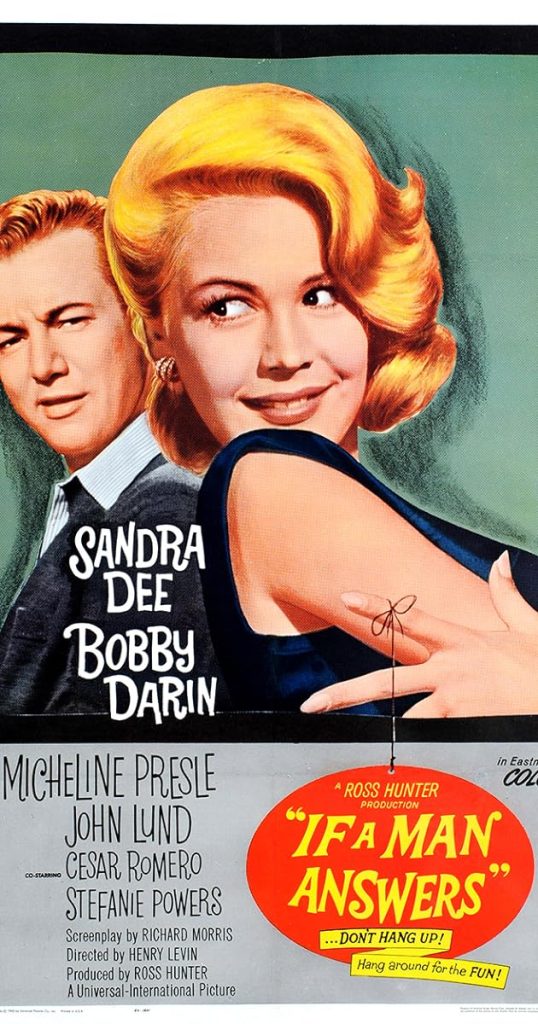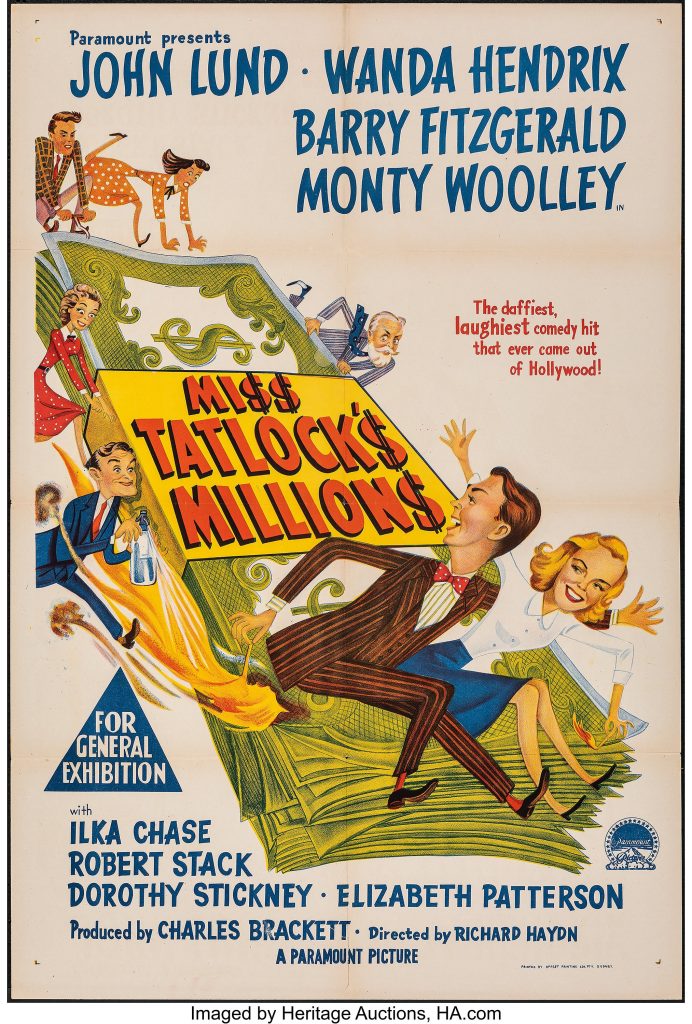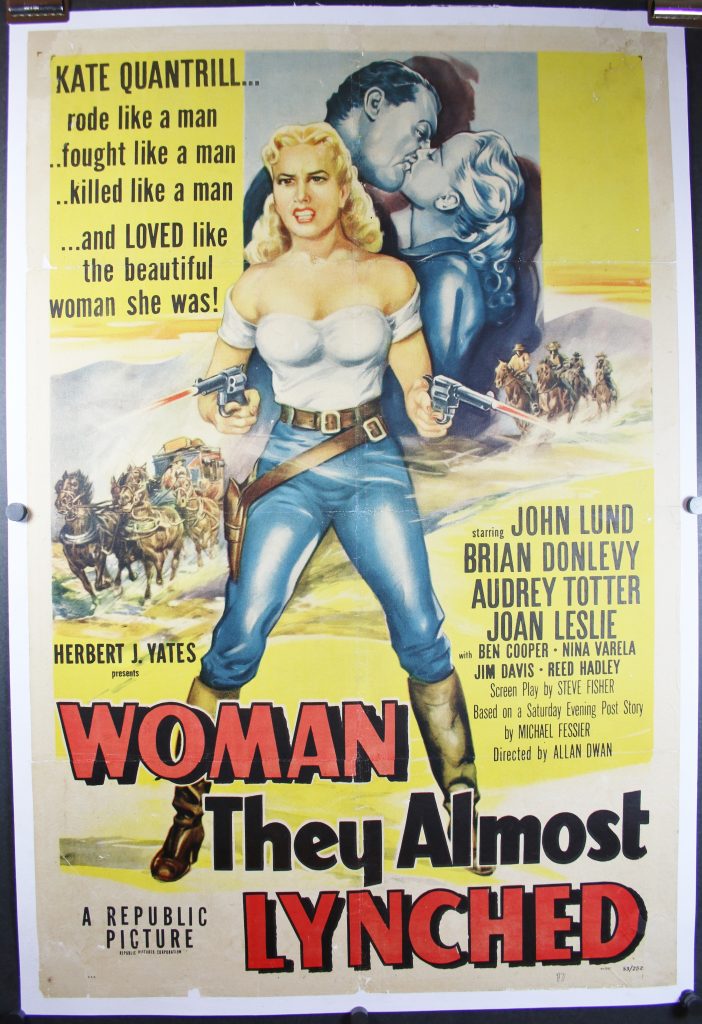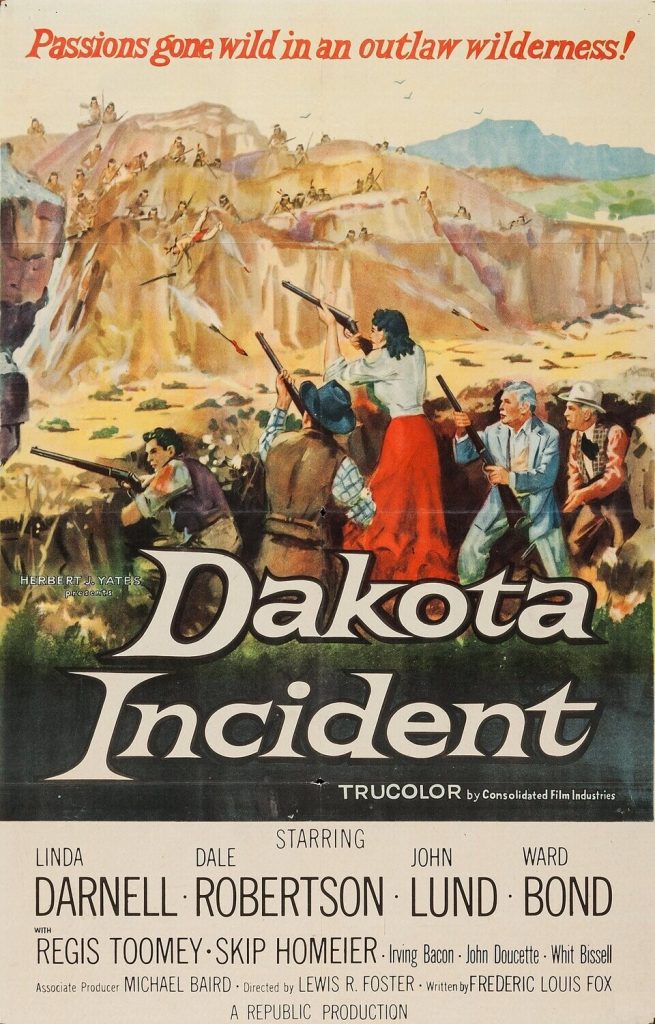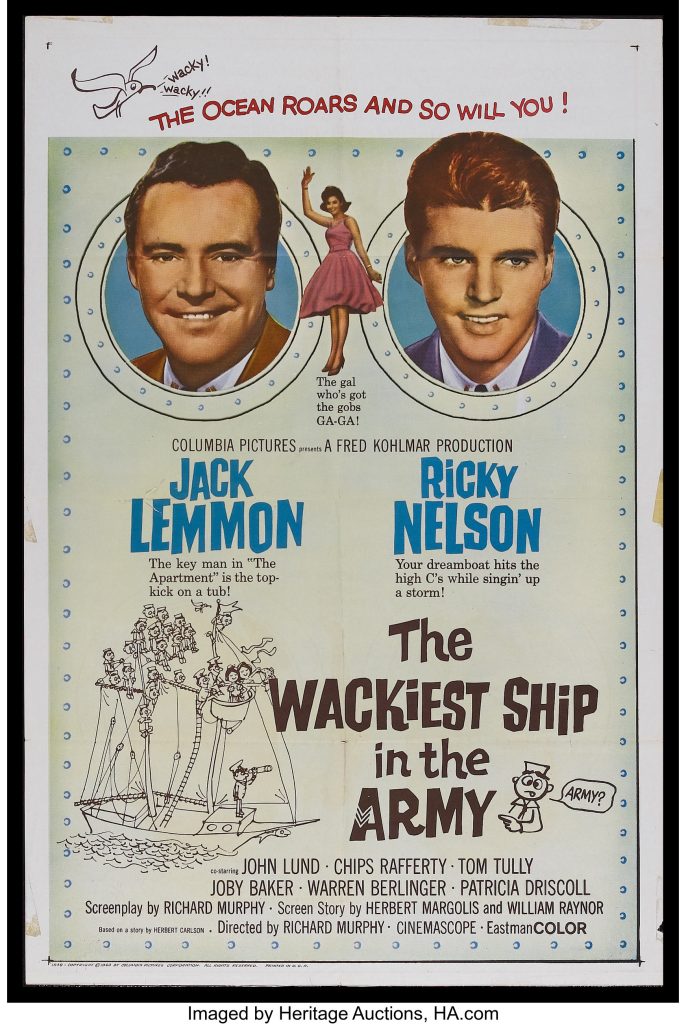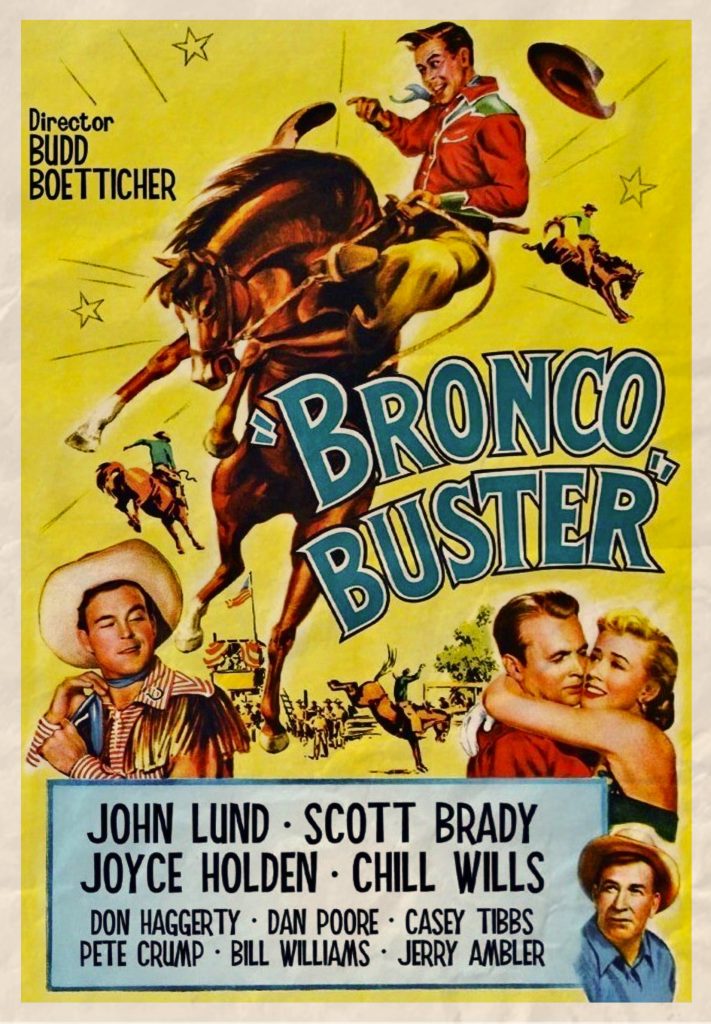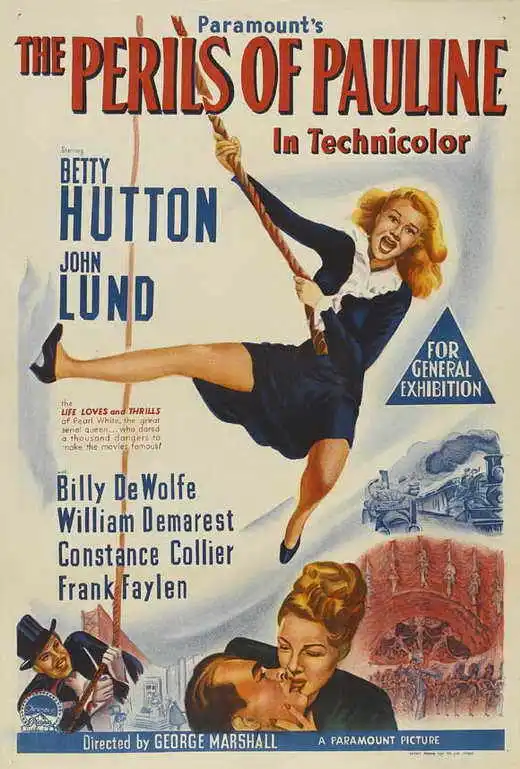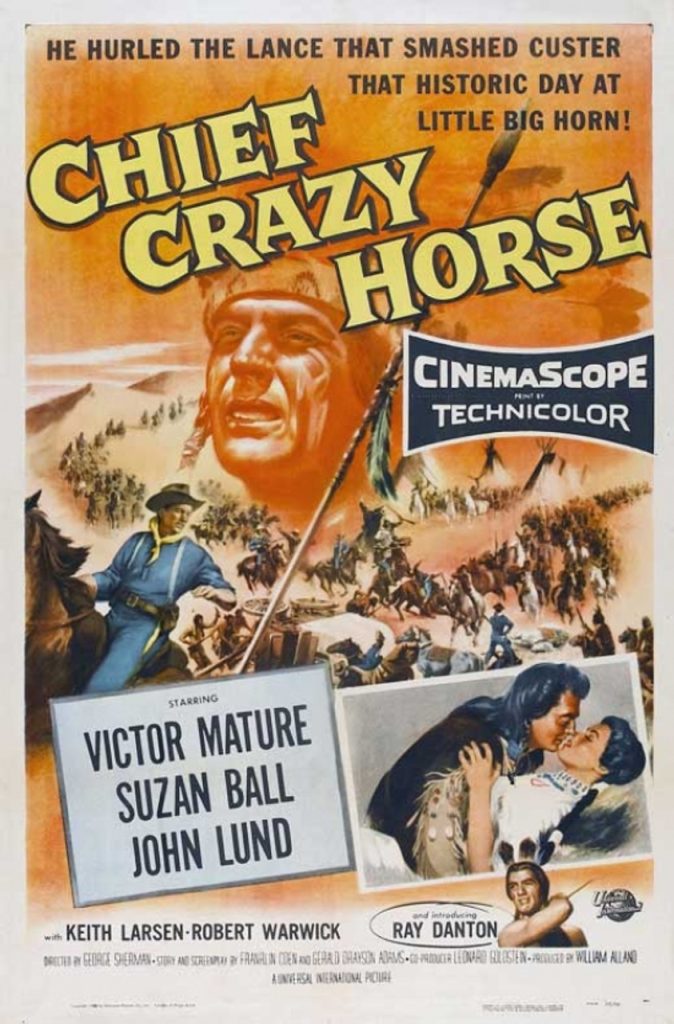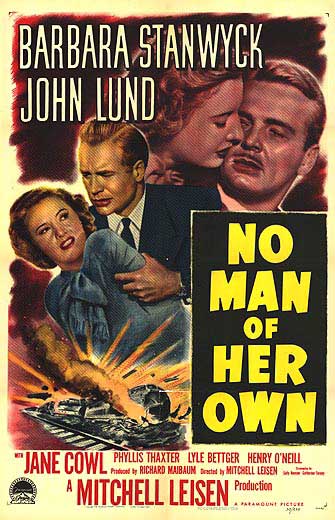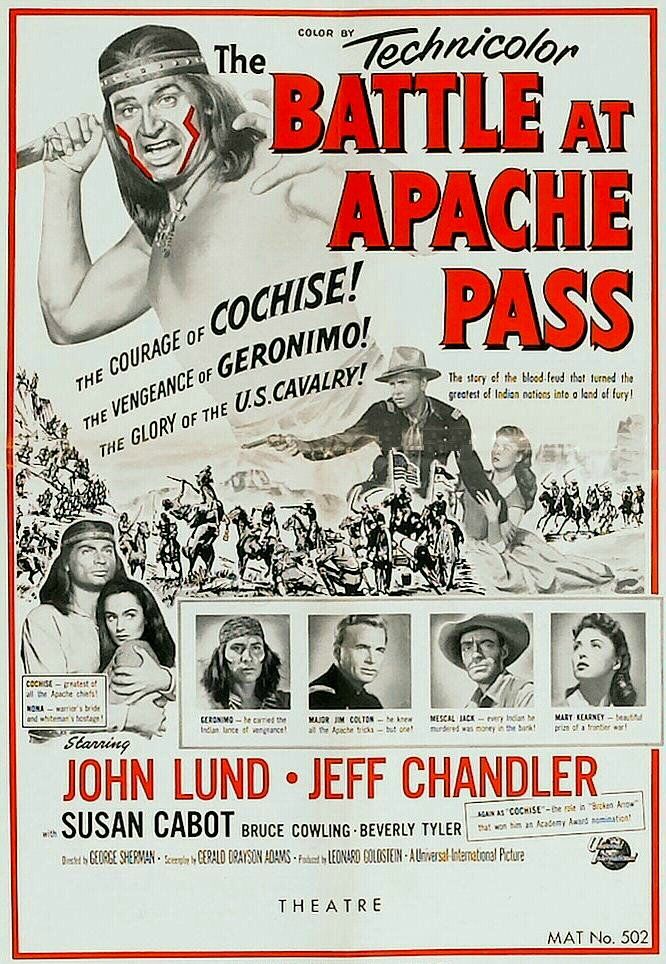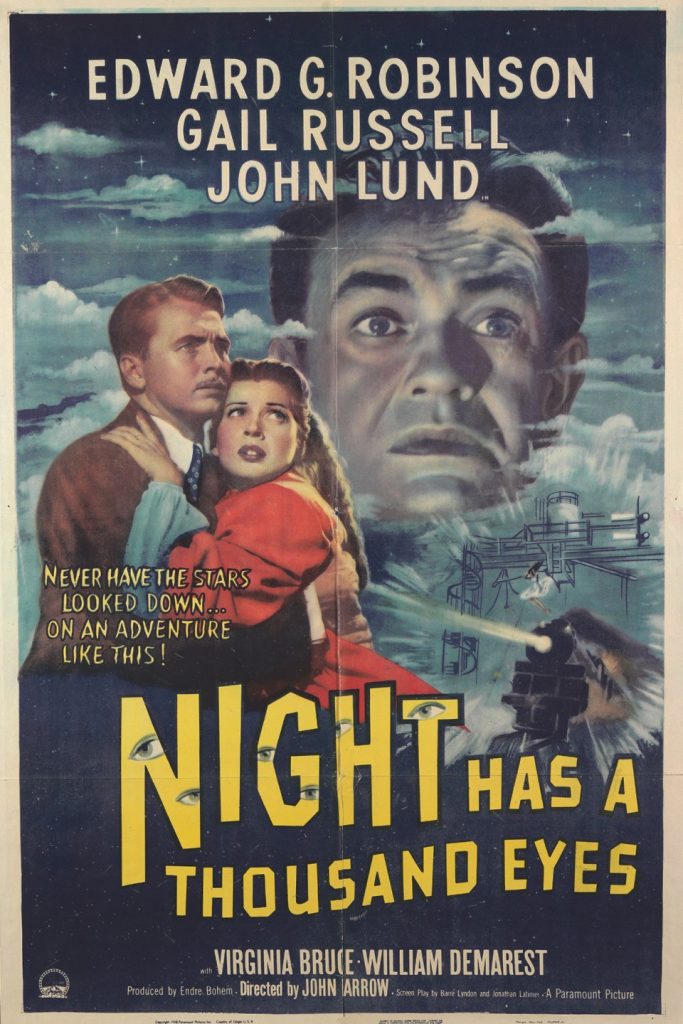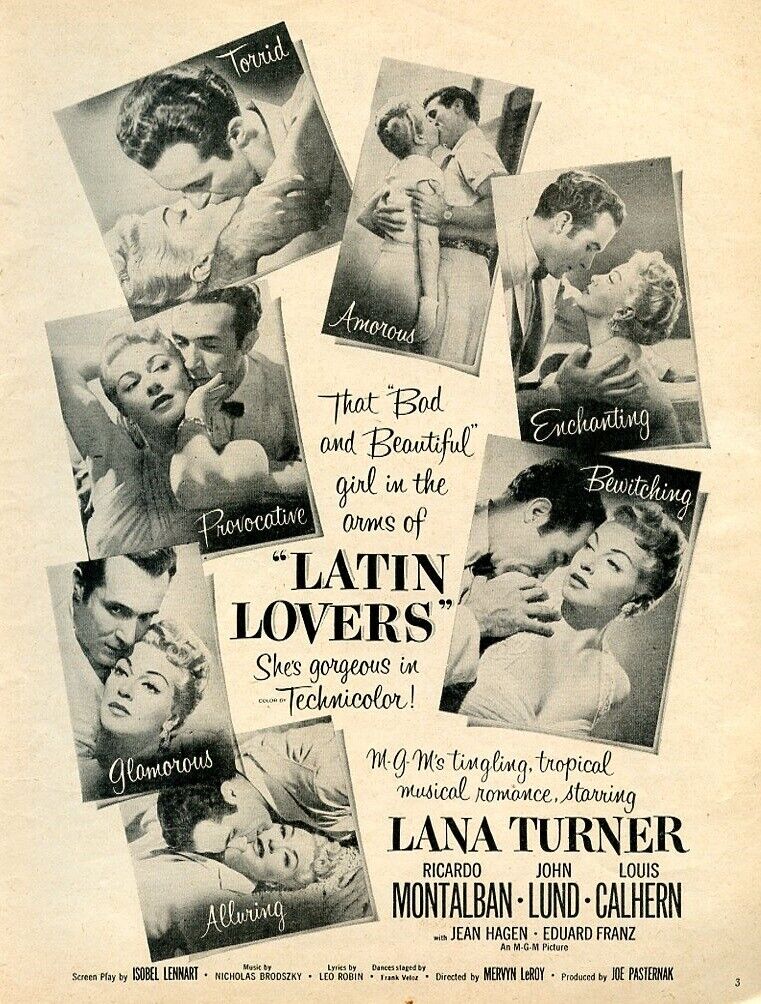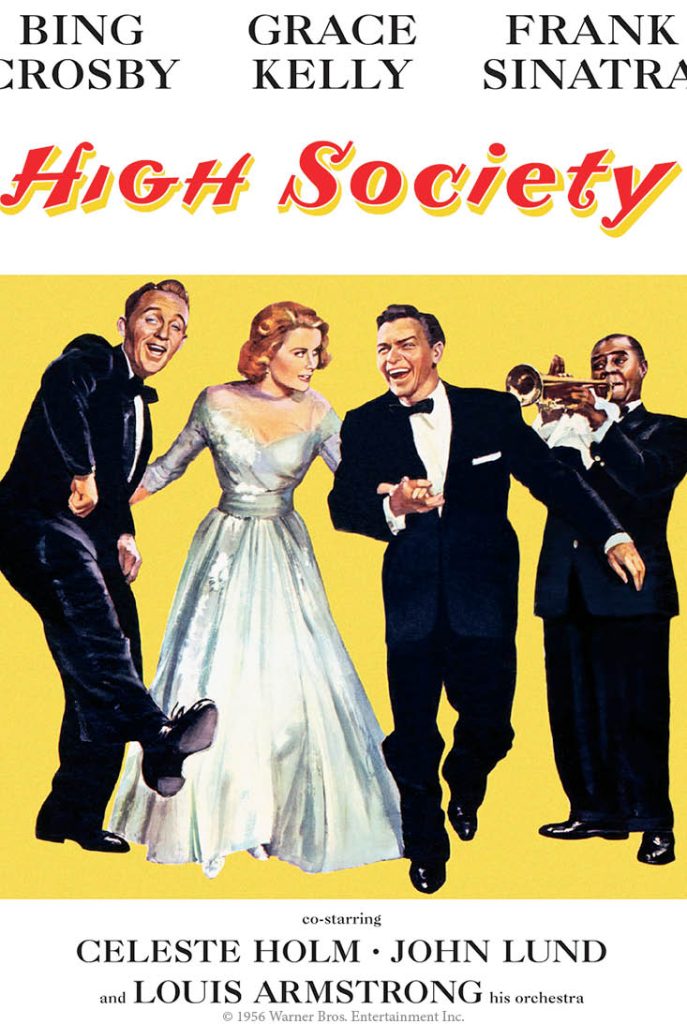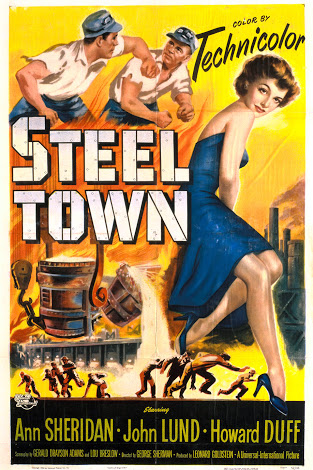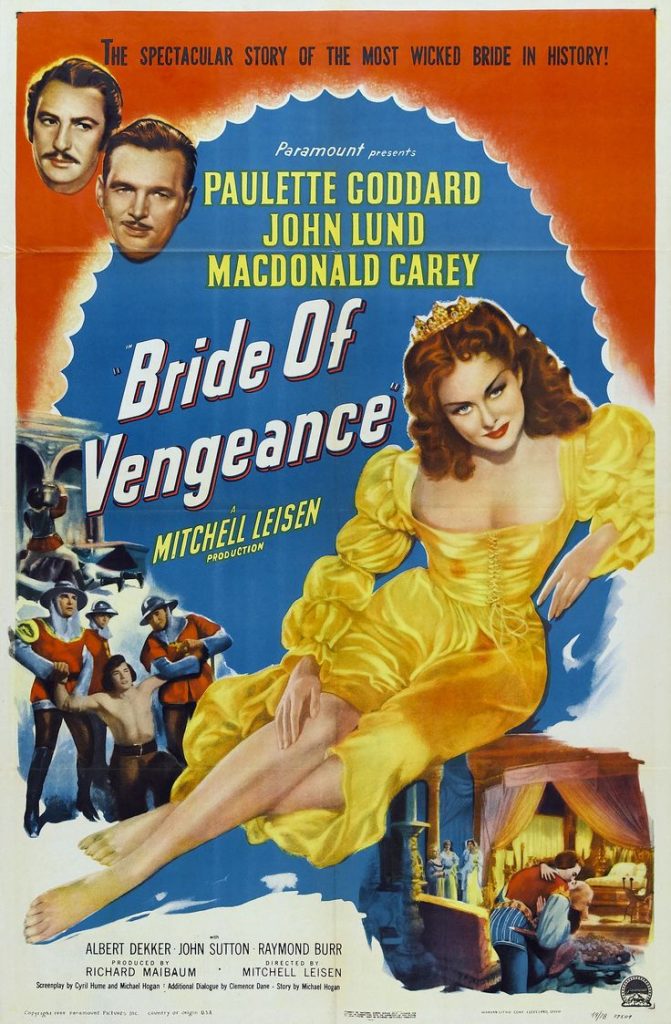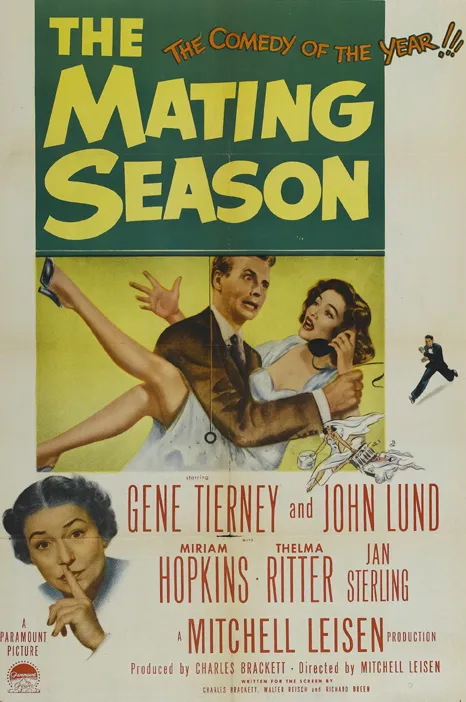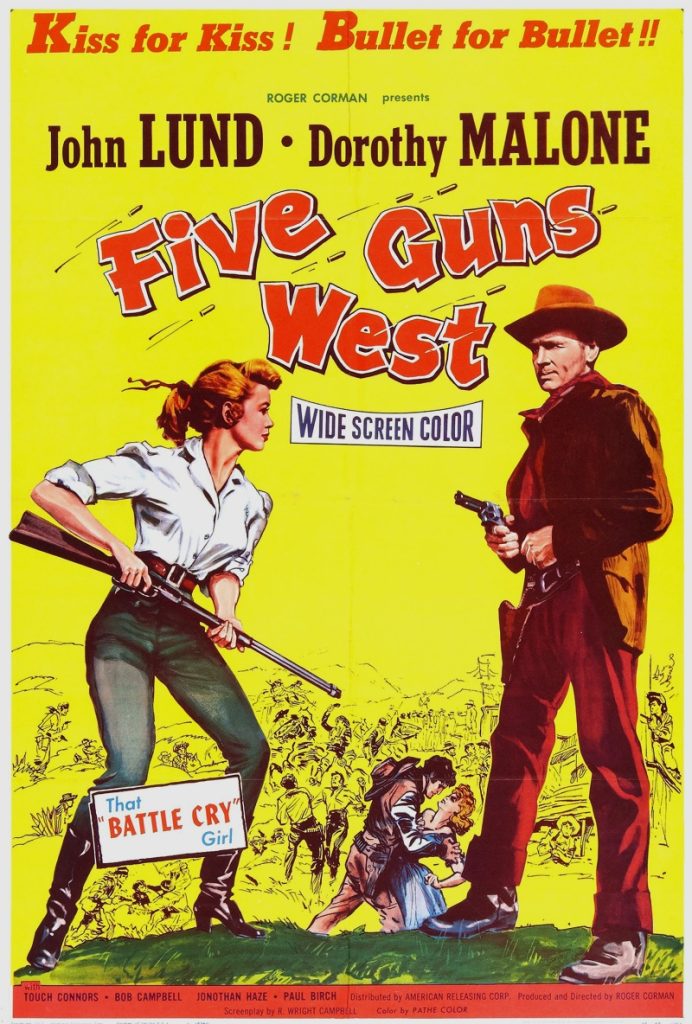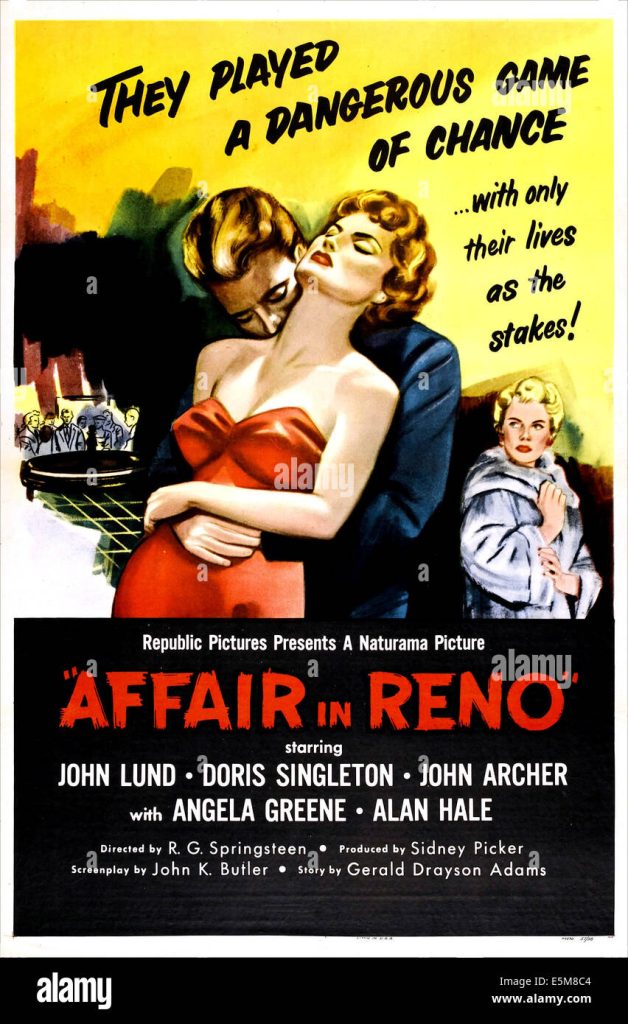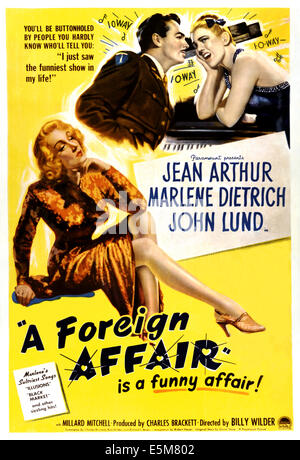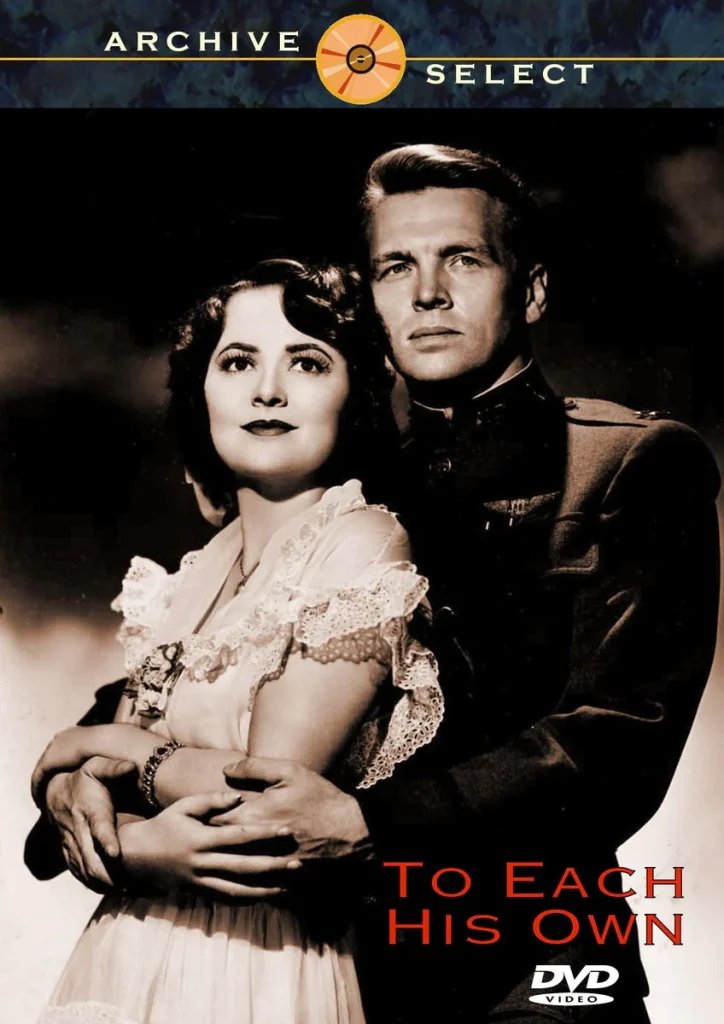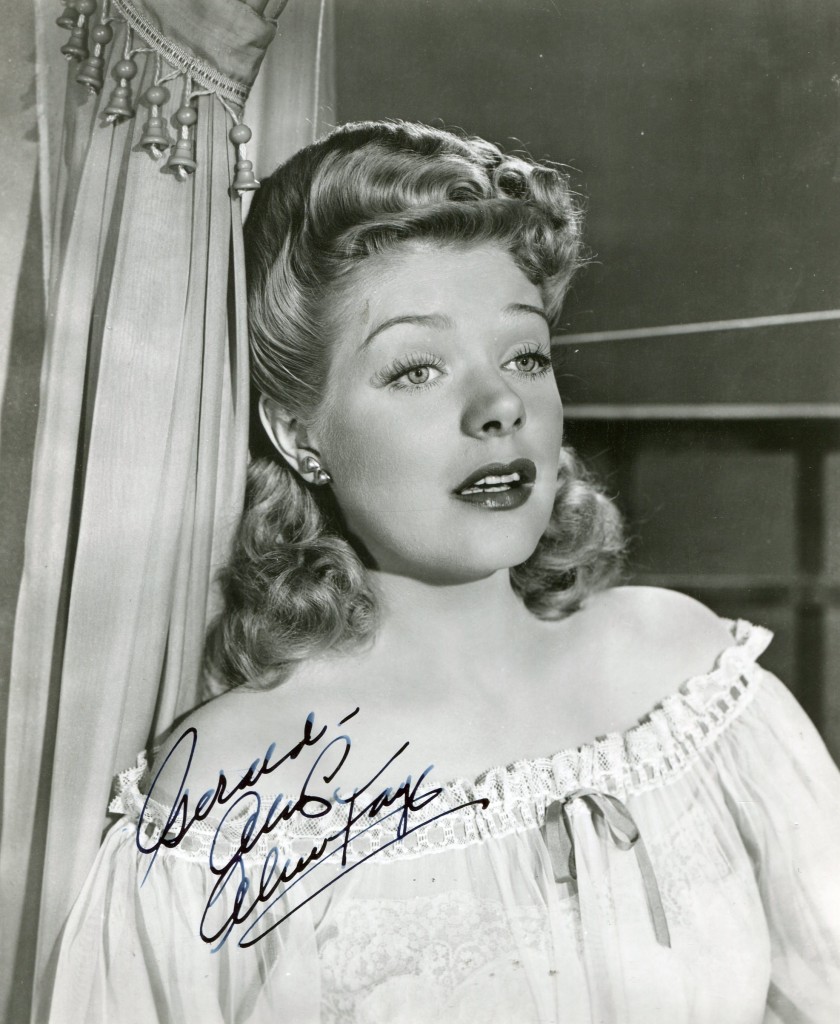
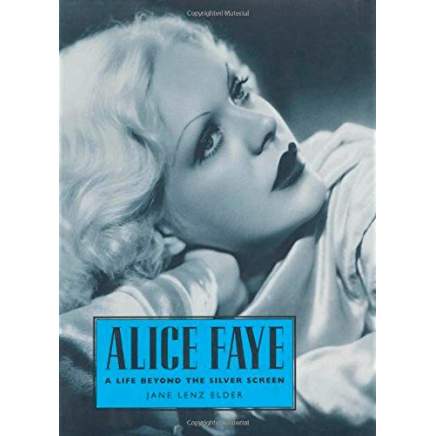
Tom Vallance’s 1998 obituary in “The Independent”:
From the late 1930s to the mid-1940s she was a top box- office attraction in such films as Alexander’s Ragtime Band and That Night in Rio, and composers Jule Styne and Irving Berlin were among those who praised her melodic distinctively throaty crooning style. Among the songs she introduced on screen was the 1944 Oscar-winner “You’ll Never Know” which became permanently identified with her.
Though Faye’s image on screen was ultimately one of warm appeal (she frequently played the wronged heroine faithful to the thoughtless hero till the happy fade-out), she started her career as a buxom blonde with a come-hither style.
When Rudy Vallee introduced her as his vocalist on a radio show in 1933, he told listeners: “For those of you wondering what Miss Faye looks like, I can best describe her as being like a young Mae West.”
Born Alice Jeanne Leppert in New York City in 1915, she obtained a job with a dance troupe at the age of 14 (lying about her age) and two years later, having changed her surname to Faye, was in the chorus of George White’s Scandals (1931) on Broadway. At a cast party its star Rudy Vallee heard Faye sing and was so impressed he hired her as vocalist on his radio show and ultimately became romantically involved with her – she was to be named by his wife in a stormy divorce case.
Signed by Fox to star in the film George White’s Scandals (1934), Vallee persuaded the studio to cast Faye and, when Lilian Harvey walked out, to give Faye the star role. Offered a long-term contract by Fox, she stayed in Hollywood when Vallee returned to New York.
Though her early films were undistinguished – she confessed later that she learned to act in front of the camera – Faye’s singing was always praised, and her recordings for Brunswick records sold well. In Every Night at Eight (1935), she introduced “Feel A Song Coming On” and in King of Burlesque (1936), “I’m Shooting High”. This film (Faye’s eighth) convinced the studio chief Darryl F. Zanuck that Faye deserved superior scripts and top-rate productions.
After supporting Shirley Temple in Poor Little Rich Girl (1936), Faye was given her best film to date, Sing Baby Sing (1936), in which she introduced another standard, “You Turned The Tables on Me”, and appeared for the first time with her future husband Tony Martin.
She introduced one of her biggest hits, Mack Gordon and Harry Revel’s “Goodnight, My Love” in Stowaway (1936). It was around this time that Jule Styne became a vocal coach at the studio. “Alice knew how to really sell a song,” he said later. “She’d sing a song on the screen and the next morning it sold a million copies.”
Though she was third-billed to Madeleine Carroll and Dick Powell in On The Avenue (1937), she had several new Irving Berlin tunes to sing, including the lovely ballad, “This Year’s Kisses”, and impressed critics with her portrayal of a jealous actress. In Wake Up and Live (1937), Faye introduced two Gordon-Revel standards: “There’s A Lull in My Life” and “Never in a Million Years”.
Faye teamed for the first of six times with Don Ameche in You Can’t Have Everything (1937) and had one of her best roles as a would-be playwright. The title song (again by Gordon and Revel) was a big hit.
Zanuck had long planned to make an epic film centred on the great Chicago fire, and hoped to borrow Jean Harlow from MGM to star in it. When Harlow died, the director Henry King suggested Faye for the role, and Tyrone Power volunteered to test with her to prove to Zanuck that she was up to the part. With a budget of nearly $2m, In Old Chicago (1938) was a prestigious production that gained six Oscar nominations.
The three leads – Faye, Power and Don Ameche, were teamed again in an ambitious musical scanning three decades and built around the songs of Irving Berlin, Alexander’s Ragtime Band (1938). Faye introduced a seductive Berlin ballad, “Now I Can Be Told” and sang such standards as the title song, “Blue Skies” and “Remember” (Berlin used to cite Fred Astaire and Faye as his favourite vocalists). The film became one of Faye’s two personal favourites.
Power was her co-star for a final time in Rose Of Washington Square (1939), a film so closely based on the life of comedienne Fannie Brice that Brice sued the studio and won a large settlement.
Faye had begun feuding with Zanuck, who refused to allow her to do radio work or to renew her recording contract, and hospitalisation cost her the lead in a popular musical Down Argentine Way (1940), which made a star of her replacement, Betty Grable. Immediately, stories circulated that the two were now rivals and enemies (“Just Fox publicity,” said Faye later. “The truth was we liked each other very much, became good friends and stayed good friends till the day she died.”)
They were teamed in Tin Pan Alley (1940) as singing sisters, and performed a lavish number, “Sheik of Araby”, which revealed their strikingly different personalities. Though virtually the same age, Faye purveyed an assured, experienced maturity while Grable was more brash and down-to-earth. She gradually supplanted Faye as the studio’s top musical star.
Some of Faye’s greatest triumphs, though, were still ahead – That Night in Rio (1941), in which she was the confused wife of a philandering businessman (Don Ameche); The Great American Broadcast (1941), a lively depiction of the birth of radio co-starring John Payne and Jack Oakie; and Weekend in Havana (1941), a lushly coloured piece of escapism in which Faye introduced Warren and Gordon’s “Tropical Magic”.
In 1941 Faye married the band leader Phil Harris, noted for his wild life-style, but the marriage lasted over 50 years until his death, albeit with an unusual arrangement in later years that had Harris living part of the time in a separate house where he could have all-night poker sessions. After time off to have her first child (her pregnancy costing her roles in Roxie Hart, My Gal Sal and Springtime in the Rockies), Faye returned to the screen in Hello, ‘Frisco, Hello (1943), the second of her personal favourites. It is packed with terrific numbers including the Warren-Gordon hit “You’ll Never Know” and “By The Light of the Silvery Moon”.
Faye had taken time off to have her second child, and on her return her voice had acquired a deeper, more warmly mellow tone. Her last major musical role was in The Gang’s All Here (1943), the most revived of her films thanks to its direction by Busby Berkeley and some remarkable production sequences. The most dazzling is the final number, Faye’s “Polka Dot Polka” which evolves into an hallucinatory kaeidoscope of images.
After a guest spot as herself in Four Jills in a Jeep (1943), Faye was persuaded by Zanuck to play a straight role in the Otto Preminger thriller Fallen Angel (1945). Though a good film it was a disappointment for Faye, who found a lot of her footage cut to build up the role of Linda Darnell, a newer Zanuck favourite. Faye stated that:
I was proud of my performance but Zanuck cut most of my best stuff including the song ‘Slowly’ by the composer of ‘Laura’, David Raksin. . . I felt Zanuck betrayed me. Feeling utterly at a loss I left the studio that had been my home for the past decade. I didn’t even go to my dressing room to collect my personal belongings.
Faye did not stop working, however, joining her husband Phil Harris on a radio show that ran for eight years (1946-54) with Faye delivering a song a week and displaying a nice flair for self-depracating humour.
It was 17 years before she returned to the screen, as the mother in a remake of the 1945 musical version of State Fair (1962). Richard Rodgers wrote “Never Say No” for her, along with a duet “The Little Things in Texas” for her and Tom Ewell.
In 1974 she starred on Broadway in a revival of Good News with John Payne. Her 1978 film appearance in The Magic of Lassie with James Stewart was well received, but she had by then a busy career as spokeswoman for a pharmaceutical company.
Until a few months ago, Alice Faye maintained remarkably good health and appearance. In 1982 she was a guest on the television show Looks Familiar in London and afterwards came to the city regularly. “When you’re a star in England,” she said, “you’re always a star.” In 1984 she was featured in a special hour-long This Is Your Life, in 1985 in the Royal Variety Show (the Queen told her she had been a favourite of her parents) and she was often a prime attraction in charity shows, always eliciting an ovation with her rendition of “You’ll Never Know”.
Alice Jeanne Leppert (Alice Faye), actress: born New York 5 May 1915; married 1937 Tony Martin (marriage dissolved 1940), 1941 Phil Harris (died 1995; two daughters); died Rancho Mirage, California 9 May 1998.
The above “Independent” obituary can also be accessed online here.
TCM overview:
Many young girls dreamt of success on Broadway, but Alice Faye not only attained it, she eclipsed that triumph by also becoming a beloved star of the silver screen. Through a combination of talent, timing and good luck, Faye was able to launch her stage career while still a teenager, demonstrating considerable ability as both a dancer and a singer. She was soon signed to a long-term contract with 20th Century Fox and became a star virtually right out of the gate with her performance in “George White’s Scandals” (1934). Parts of similar stature followed in over 30 Fox films, including perennial favorites like “In Old Chicago” (1938), “Alexander’s Ragtime Band” (1938), “Rose of Washington Square” (1939), “Lillian Russell” (1940), “Hello, Frisco, Hello,” and “The Gang’s All Here” (both 1943). Most of these showcased her skills as a first-rate musical star, but she was also occasionally given the chance to impress viewers as a dramatic performer in headier fare. When her tenure with Fox ended, Faye enjoyed a long and successful run on radio with husband Phil Harris and settled into a retirement that would be periodically interrupted by trips back to the big screen and even Broadway almost 40 years after she last trod the boards there. In addition to becoming the most popular star of musicals in the world for a period of time, Alice Faye was also one of the only movie stars to walk away from the business while at the height of her popularity.
Faye was born Alice Jeanne Leppert in New York City on May 5, 1915. Of French-Irish descent, the blonde, blue-eyed beauty dreamt of Broadway stardom from a young age. With the encouragement of her mother, she embarked on a stage career, getting hired as a dancer in the Broadway musical “Earl Carroll’s Vanities.” However, the job came to a quick end when the producers discovered that Faye was only 13. Now claiming an age of 17, she landed a job in the chorus at The Capitol Theater and soon afterward, The Chester Hale Dancers. Faye returned to Broadway as a dancer in the 1931 production of “George White’s Scandals,” which was toplined by radio superstar Rudy Vallee and enjoyed a six-month run. Having heard a vinyl recording of Faye singing the Maurice Chevalier number “Mimi” during one of the revue’s cast parties, Vallee was knocked out by her mellow, contralto voice and offered Faye a spot on his nationally syndicated radio program, “The Fleischman Hour,” where she was an instant success. He was also instrumental in bringing Faye to the big screen, when he recommended that she co-star with him in the 1934 film adaptation of “George White’s Scandals.” The film was a hit and the two were soon rumoured to be a couple – a false claim exacerbated by a car accident Vallee experienced one evening while Faye was a passenger. When Vallee was sued for divorce, Faye was named by the actor’s wife in the court action, but Faye denied ever having been more than a professional colleague.
The incredible popularity of Jean Harlow in the 1930s led studios to try and find their own answer to the “Red Dust” star. Now under long-term contract to 20th Century Fox, Faye was quickly groomed to be a singing version of the MGM bombshell. Sporting peroxide blonde hair, pencil thin eyebrows and brassy broad demeanor in fare like “She Learned About Sailors” (1934) and “Every Night at Eight” (1935), Faye soon developed a following, but new studio head Darryl F. Zanuck wisely decided to go a different route with her. Faye went back to her natural hair color and began to play more traditional “good girl” parts in musicals like “Sing, Baby, Sing” (1936). On the set of the 1936 Shirley Temple vehicle, “Poor Little Rich Girl” – where the bratty child star falsely accused Faye of pushing her down a flight of stairs during production – romance blossomed between Faye and co-star Tony Martin, a fellow Fox contract player, who seemed destined for big things. However, when his stature at Fox failed to equal that enjoyed by the then “Queen of the Lot,” an intimidated Martin left for the East Coast to tour with his band in the hopes of finding his own fame. The couple would reconcile and famously marry in 1937.
Like virtually all contract stars of the time, Faye – now the second biggest female box office draw in the country behind Temple – was worked hard by Fox, starring in four movies in 1937 alone, with one of the highlights being “On the Avenue,” which was stocked with Irving Berlin songs and the comic antics of The Ritz Brothers. Faye’s other big film during this time was “In Old Chicago” (1938), the studio’s costly depiction of the catastrophic 1871 fire that decimated the city. Fox originally wanted Harlow for the part, but when the actress died tragically in 1937, Faye was chosen and her dramatic performance opposite fellow Fox contract stars Tyrone Power and Don Ameche proved she possessed the talent to tackle more involved roles. Nevertheless, Faye was cast in dependable money-making musicals like “Sally, Irene and Mary,” (1938) one of four films she did with Tony Martin, and director Henry King’s ode to jazz, “Alexander’s Ragtime Band” (1938), which reunited Faye with her two “In Old Chicago” co-stars. The aviation yarn “Tail Spin” (1939) gave Faye her most offbeat part to date, playing a female flyer of modest means competing against rival pilot/socialite Constance Bennett in an airplane race. It was a far less decorous role than her fans had come to expect, but Fox did have the star sing one song, which helped to add some sparkle to the rather soapy plotline.
That same year, the actress returned to gowns and glamour, playing a facsimile of singer-comedienne Fanny Brice in “Rose of Washington Square,” even though Faye and Brice shared almost no characteristics whatsoever. Brice (who would more famously be portrayed by Barbra Streisand in “Funny Girl” on stage and screen during the 1960s) was quite angered by this and particularly livid that Fox had Faye sing Bryce’s signature song, “My Man.” “Lillian Russell” (1940) was another musical, but also provided Faye with more of a chance to exercise her dramatic chops than usual, playing the revered operetta star. However, the production was a gruelling experience for the actress who was initially ordered to gain weight and was then bound up in ultra-tight costumes. Faye’s relationship with Zanuck became strained, leading to rumors that new starlet Betty Grable was being groomed to replace her. However, by most accounts the two enjoyed a very amicable relationship with no sense of rivalry – due mainly to Faye’s even-keeled generosity of spirit. Faye’s troubled marriage to Tony Martin finally ended in 1941, but she soon met bandleader and “The Jack Benny Program” regular Phil Harris. Despite being polar opposites in seemingly every way, the couple proved to be a perfect match.
More musicals followed, including the lavish 1943 Technicolor spectacle “Hello, Frisco, Hello,” in which she sang her best remembered song, the Academy Award-winning “You’ll Never Know,” and “The Gang’s All Here” (1943) which gave Faye a chance to work with legendary director-choreographer Busby Berkeley. Interested in getting back into dramatic parts, Faye rejected numerous projects Fox sent her way, finally signing on for “Fallen Angel” (1945), director’s Otto Preminger’s follow-up to his very well received thriller “Laura” from the previous year. However, the experience was an unfortunate one for her. The studio decided to put its promotional might behind co-star and devastating beauty Linda Darnell, seeking to make her their new “It” girl. Faye’s role was not only reduced in the final edit, but a song she sang was removed – Zanuck’s rationale being that it conflicted with a new image he wanted to create for her. Knowing that Betty Grable was the studio’s new darling and deciding that she had had enough of Hollywood and “Penitentiary Fox,” the actress famously wrote a note to Zanuck, left the key to her dressing room with a security guard and drove off the lot, refusing to fulfill the remainder of her contract. While her acrimonious departure got Faye unofficially blacklisted, the actress still had plenty to keep her busy, looking after her two young daughters (born in 1942 and 1944) and teaming up with Harris for a popular radio program that began life in 1946 as “The Fitch Bandwagon.” Later rechristened “The Phil Harris-Alice Faye Show,” the musical comedy show had an eight-year run.
Mostly content to enjoy retirement at the couple’s Palm Springs home, Faye made a surprise trip back to Fox for the 1962 remake of “State Fair,” but the picture was a disaster and the shoot an unpleasant time for her. Aside from occasional sightings, like a 1964 guest appearance on the popular ABC variety program “Hollywood Palace,” Faye remained out of the limelight. She unexpectedly came out of retirement again in 1973 to go back out on the road with former co-star John Payne in a musical-comedy production called “Good News,” which enjoyed a fair amount of success and gave Faye to chance to sing old standards like “Life is Just a Bowl of Cherries.” However, a subsequent opening on Broadway (with Gene Nelson replacing Payne) as one of The Great White Way’s Christmas 1974 attractions proved disastrous and the production shuttered after only 16 performances. Nonetheless, 1974 still proved to be a noteworthy year for Faye. Interest in her music was revived when Martin Scorsese used “You’ll Never Know” to open his film “Alice Doesn’t Live Here Anymore” and this was followed by the nostalgia records Alice Faye in Hollywood (1934-37) and Alice Faye Sings Her Famous Movie Hits arriving in stores.
Faye was one of many Golden Age stars persuaded to cameo in the awful Rin Tin Tin parody “Won Ton Ton, the Dog Who Saved Hollywood” (1976) and the very obscure “Every Girl Should Have One” (1978), which was reportedly even worse. While an unremarkable remake of the 1943 MGM classic “Lassie Comes Home,” Faye’s final film “The Magic of Lassie” (1978), allowed her to work with fellow beloved veterans James Stewart and Mickey Rooney, and one more opportunity to sing onscreen. Aside from a handful of appearances on television – including a 1984 episode of “This is Your Life” and performing on the 61st Academy Awards in 1989 – Faye lived quietly in Palm Springs with her beloved Phil Harris, also largely retired by this point. After 54 years of marriage, Harris passed away in 1995, with Faye following him on May 9, 1998 after enduring two operations for stomach cancer. Having lived longer than many of her Golden Age contemporaries, the much beloved, all-American songstress passed away at age 83.
By John Charles






